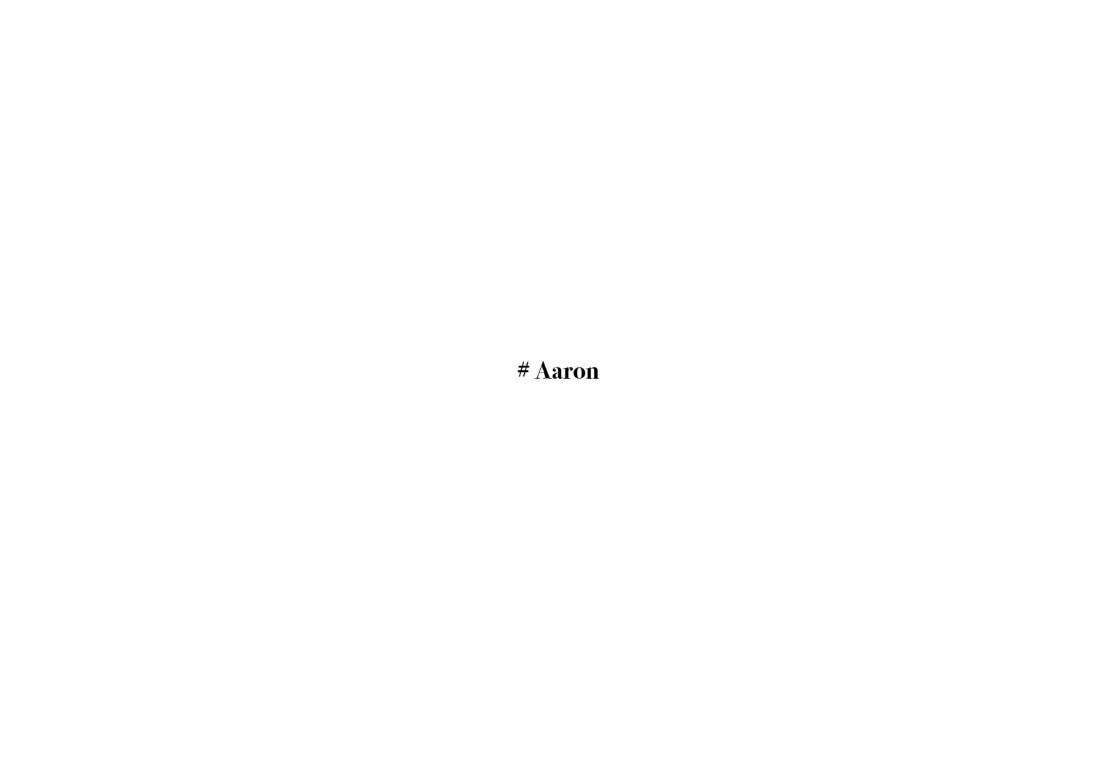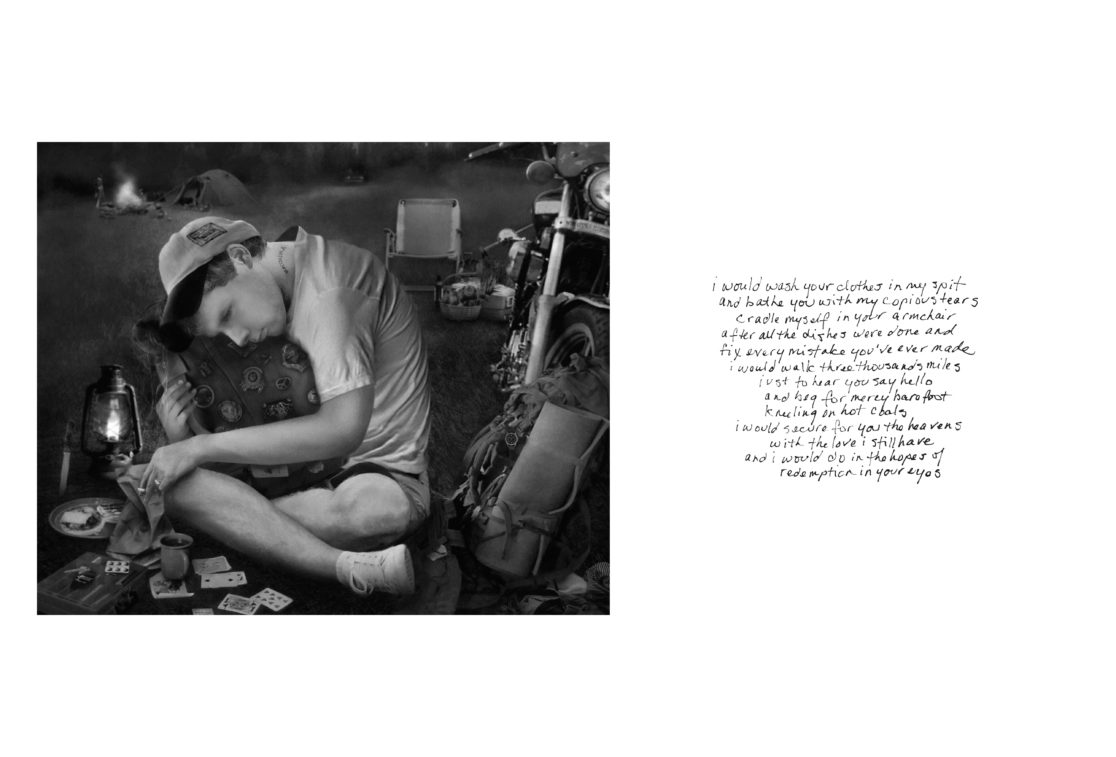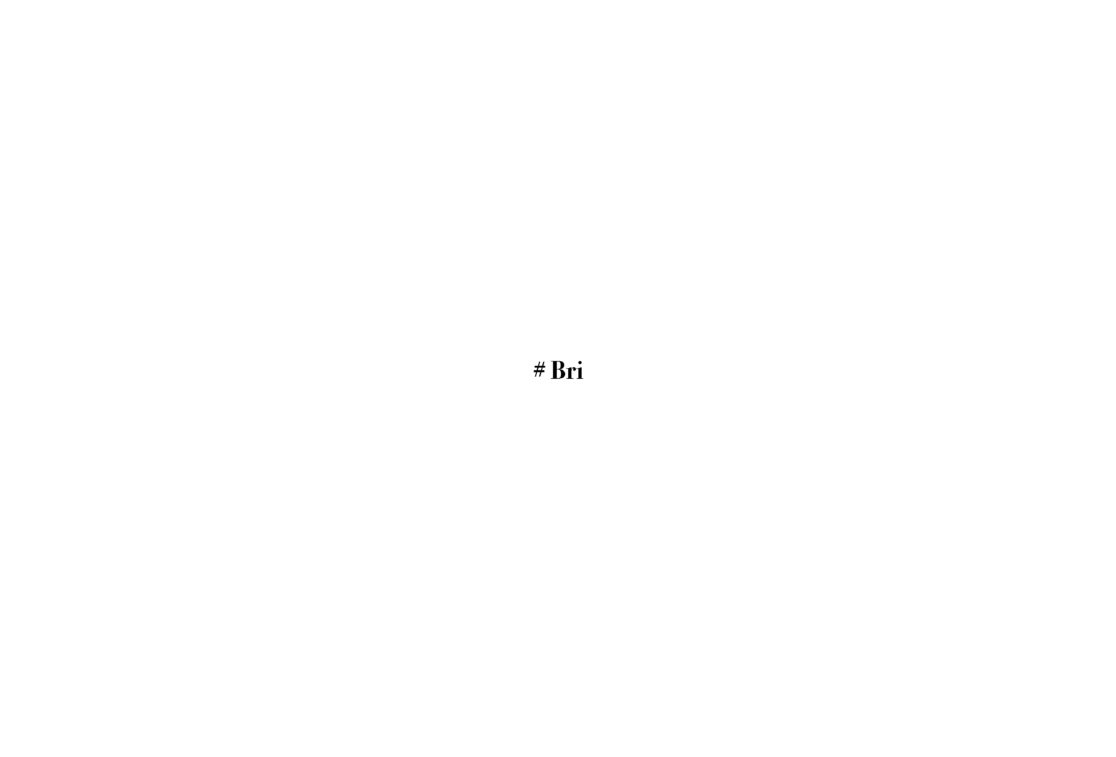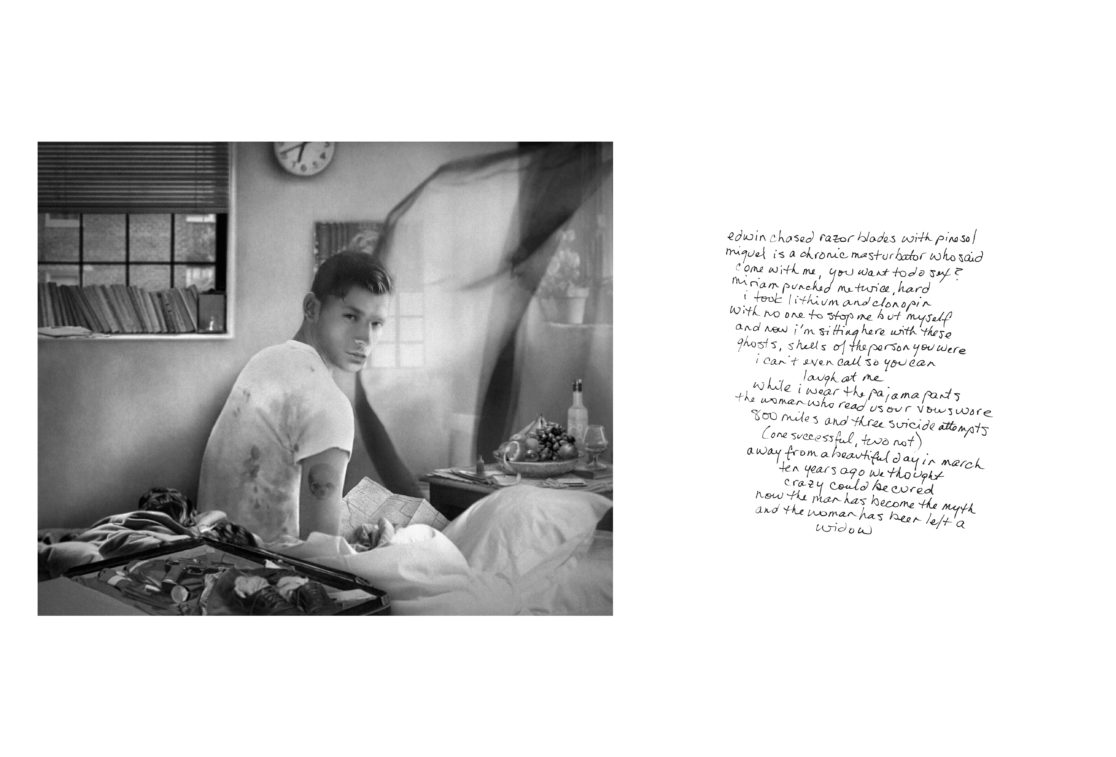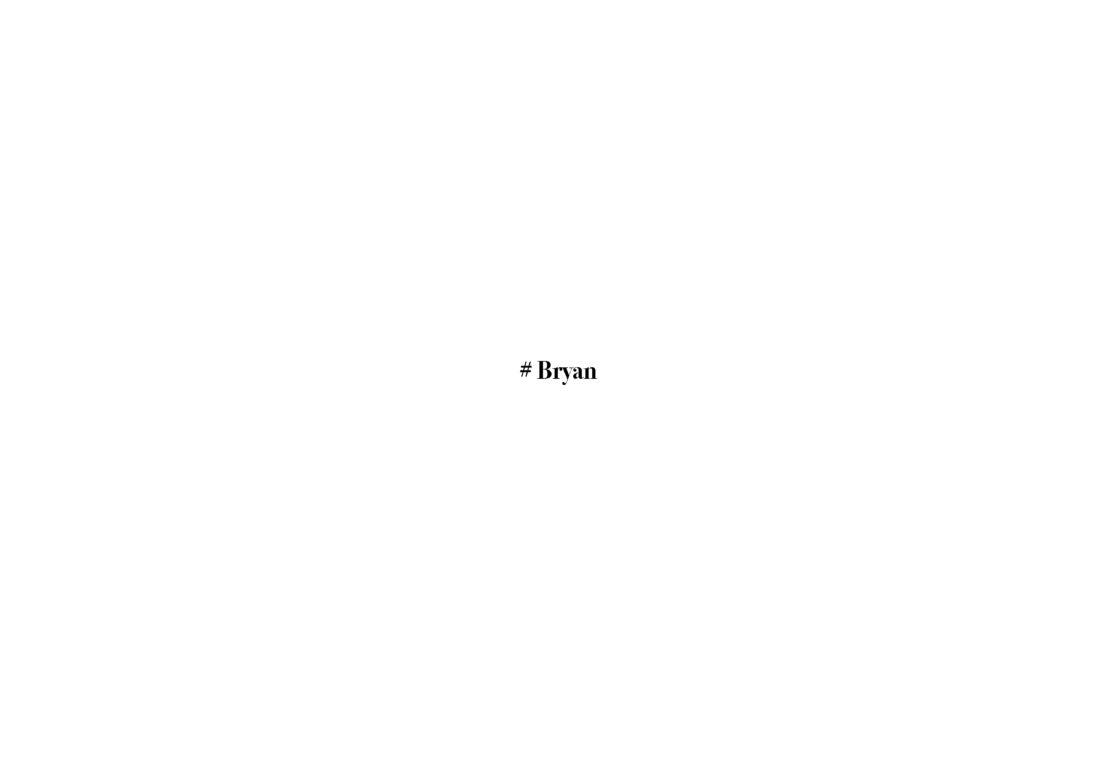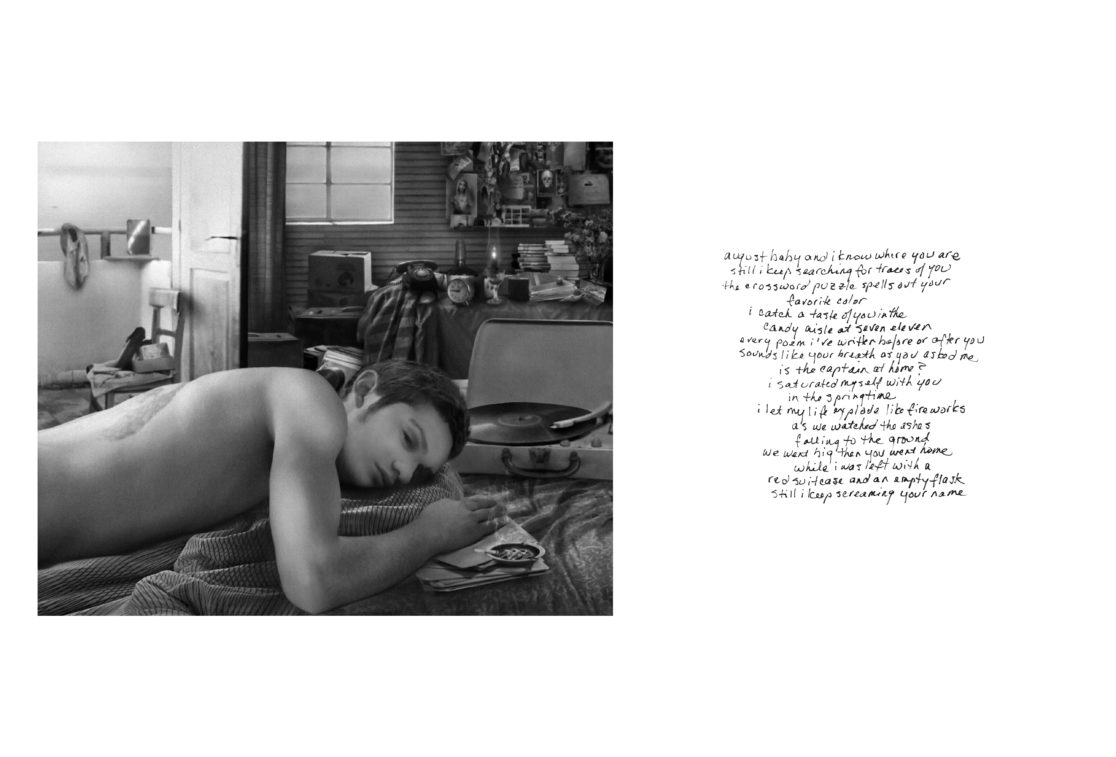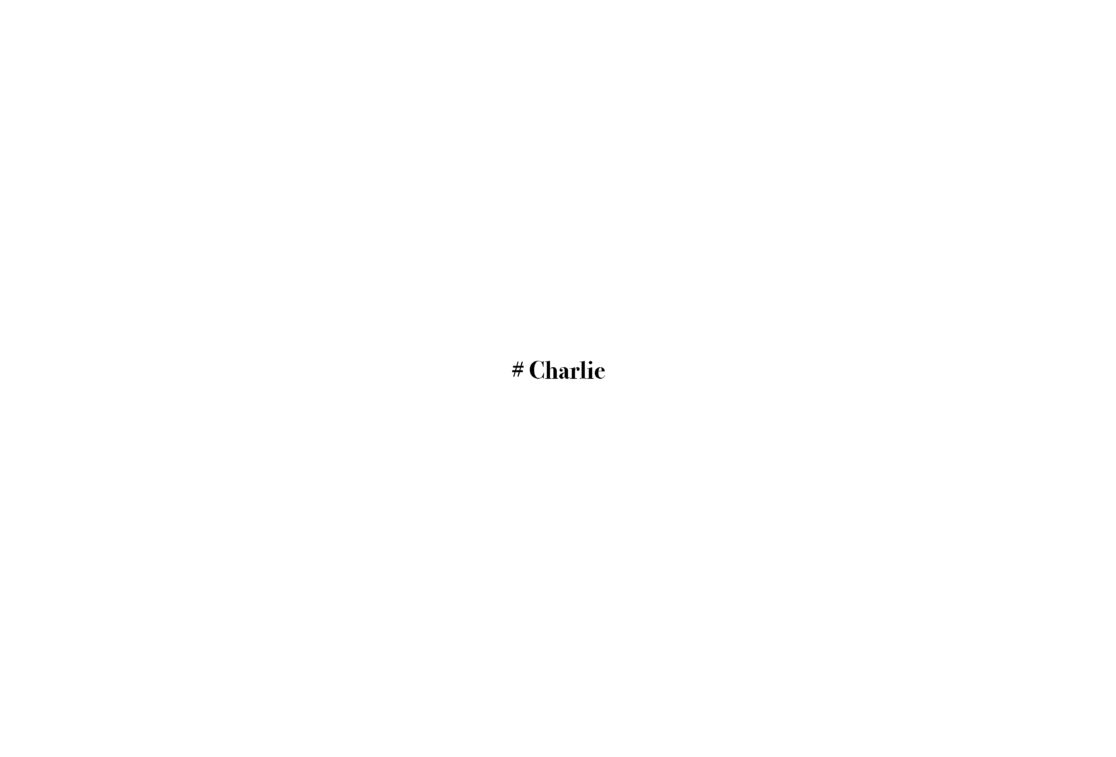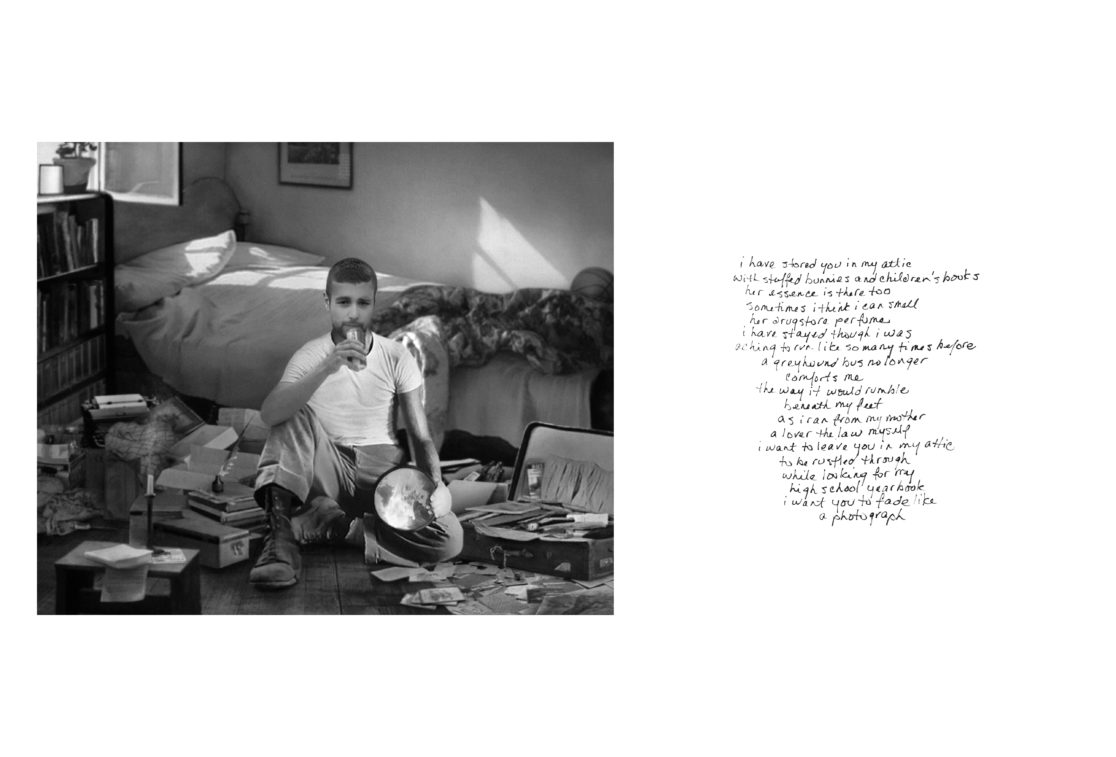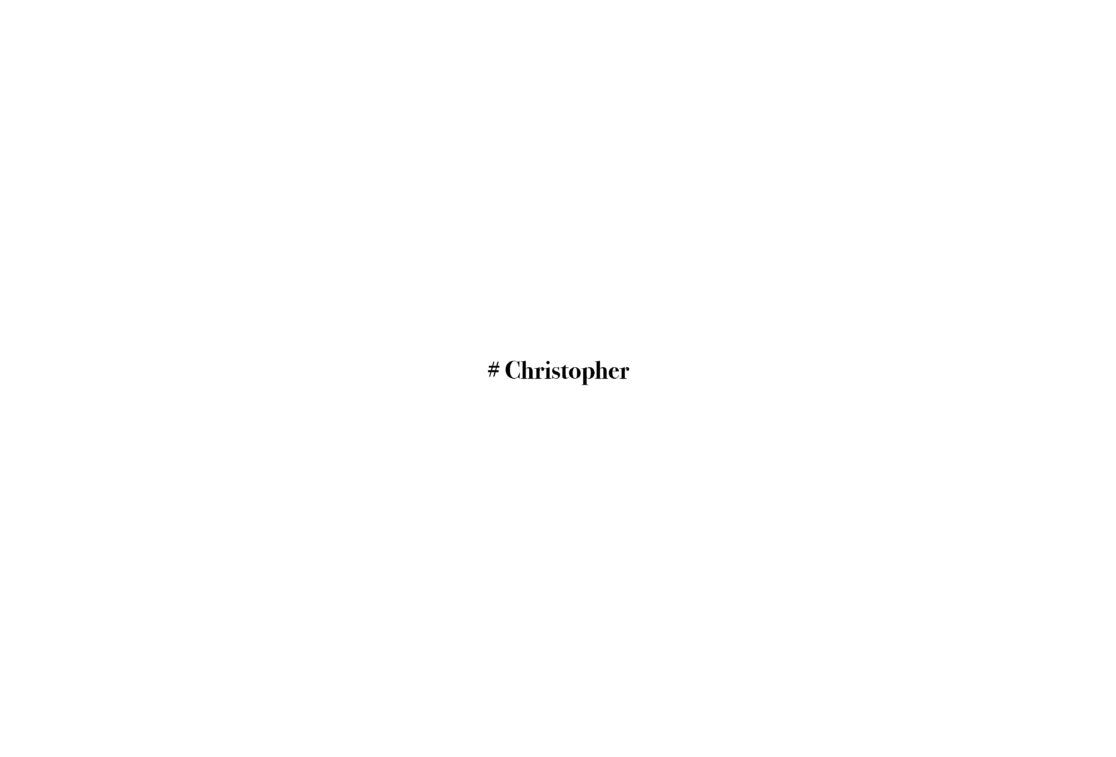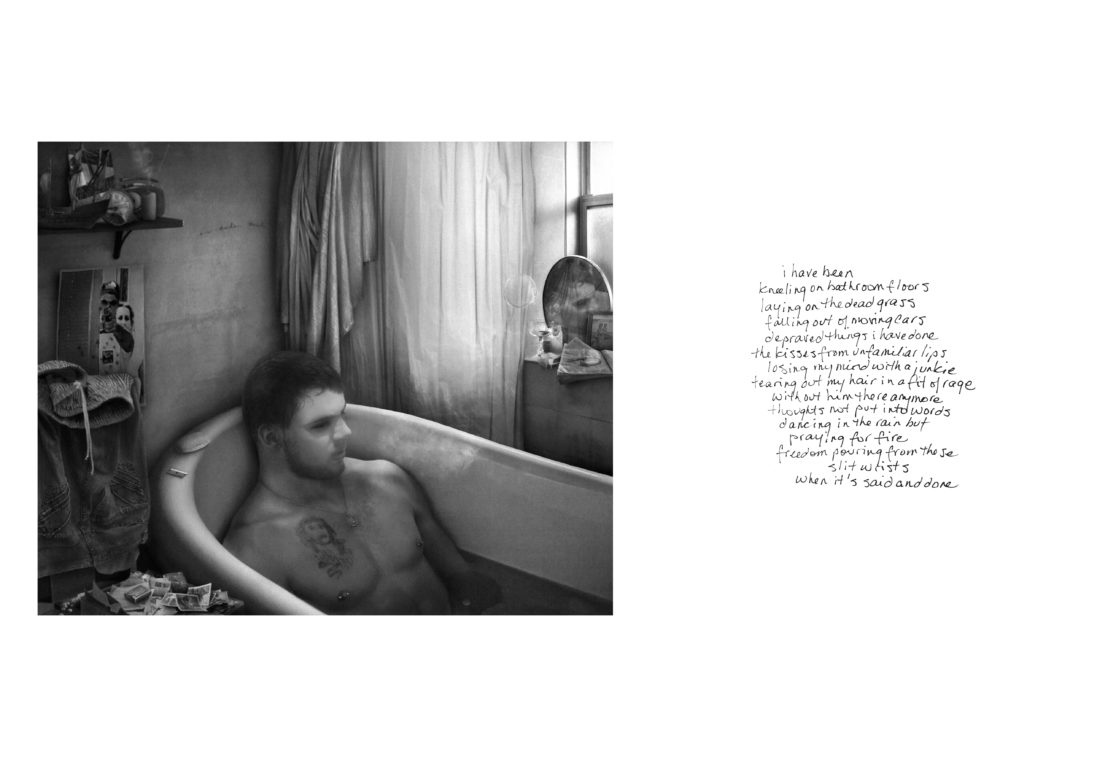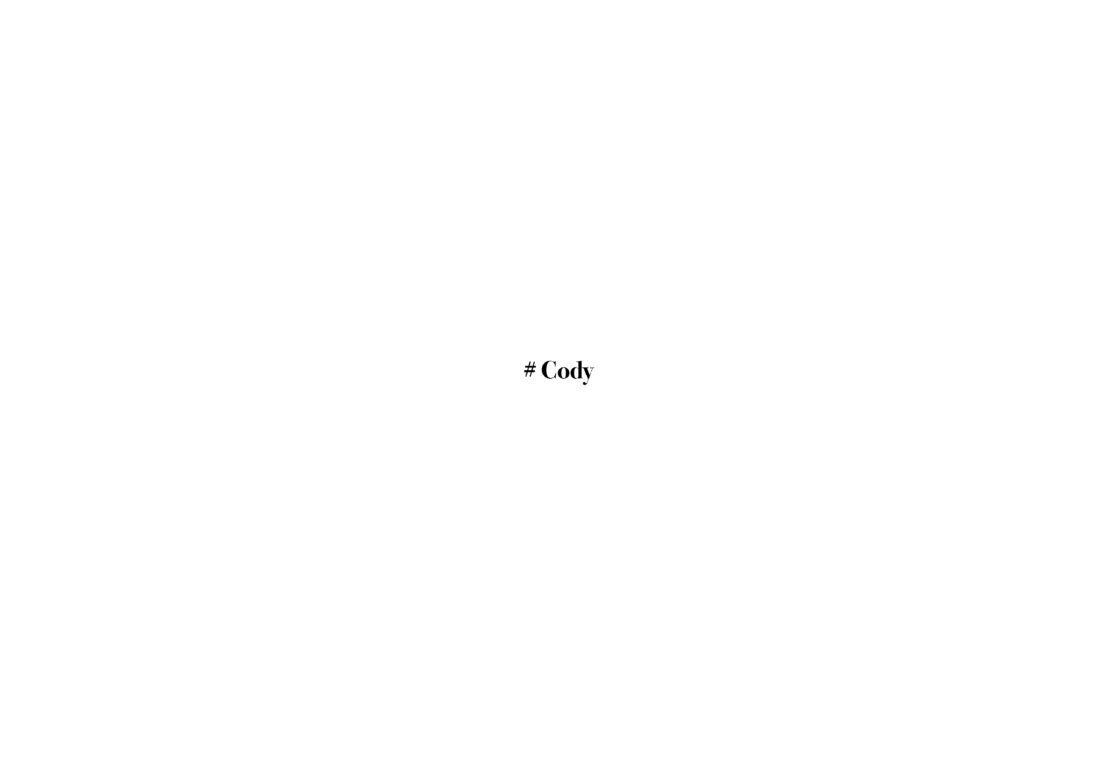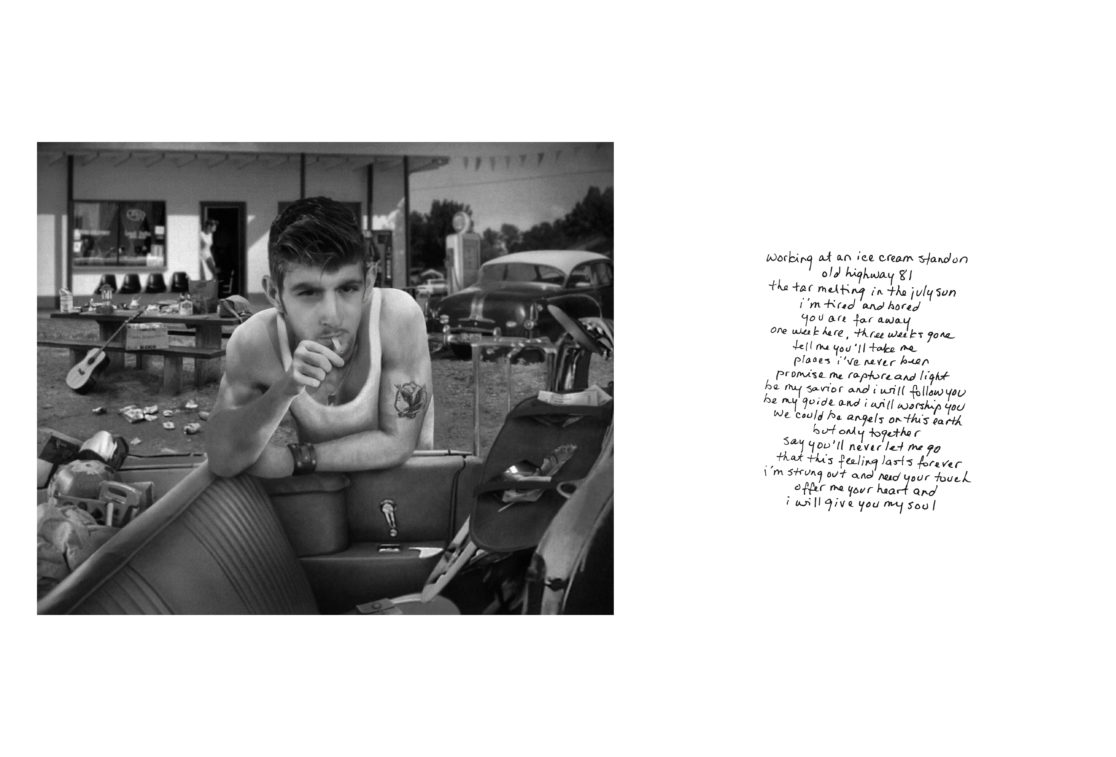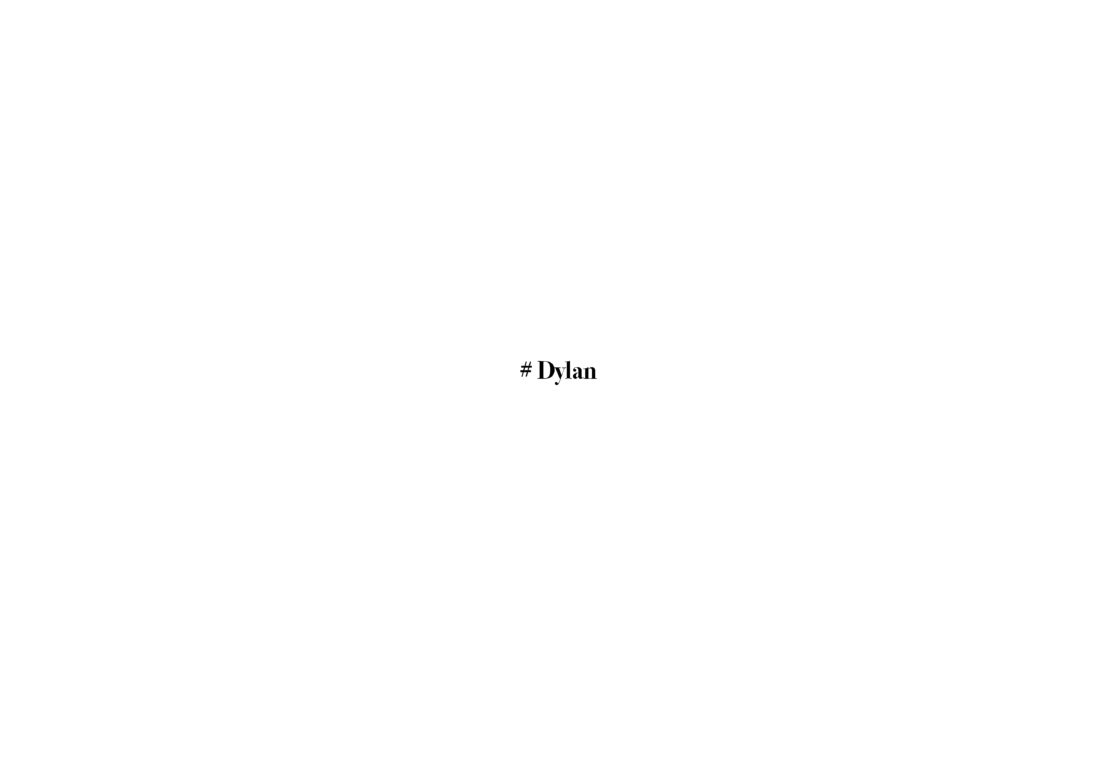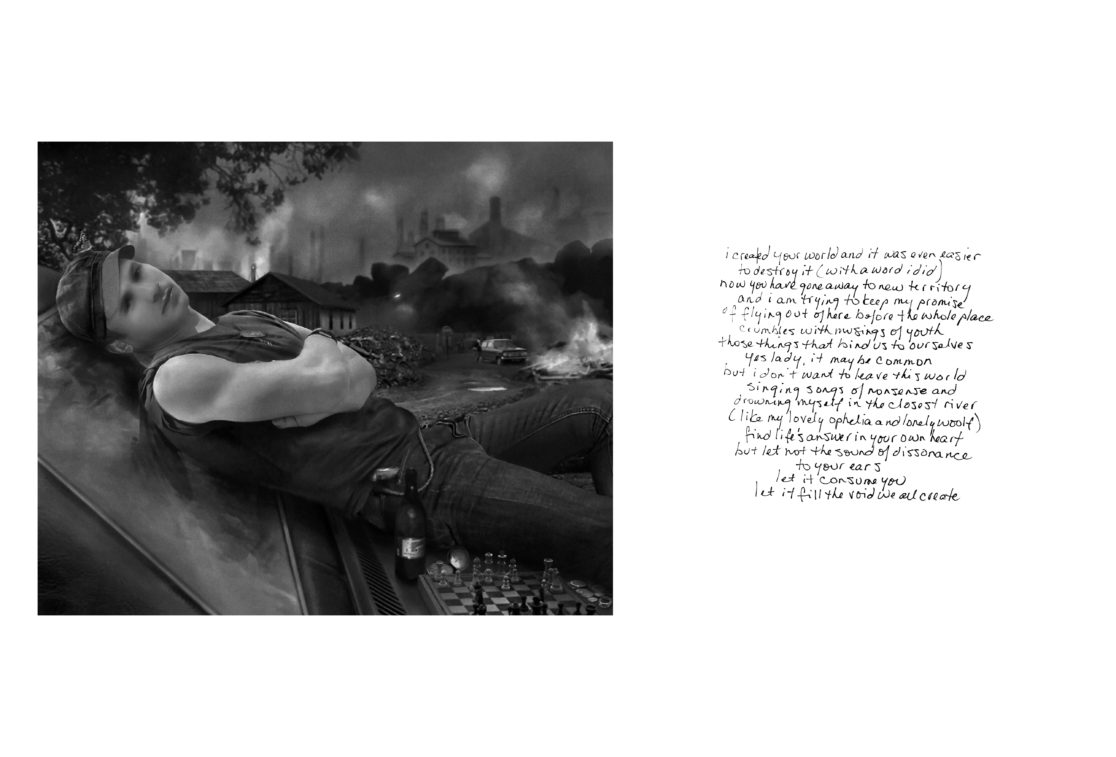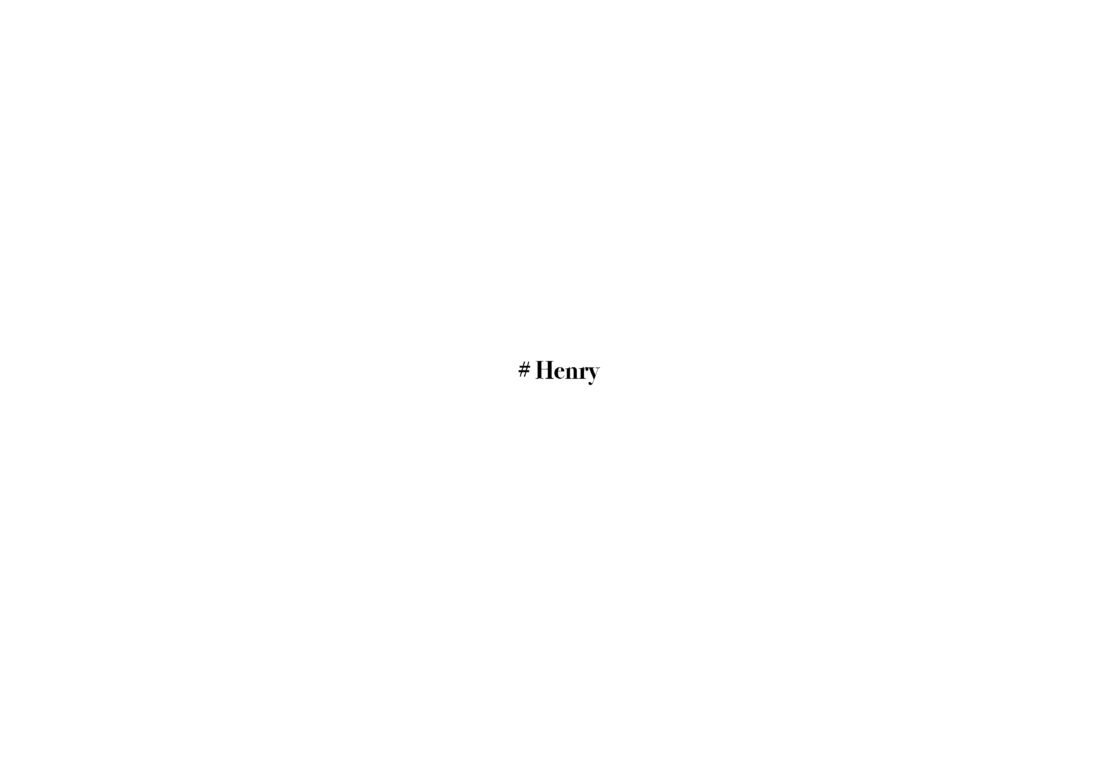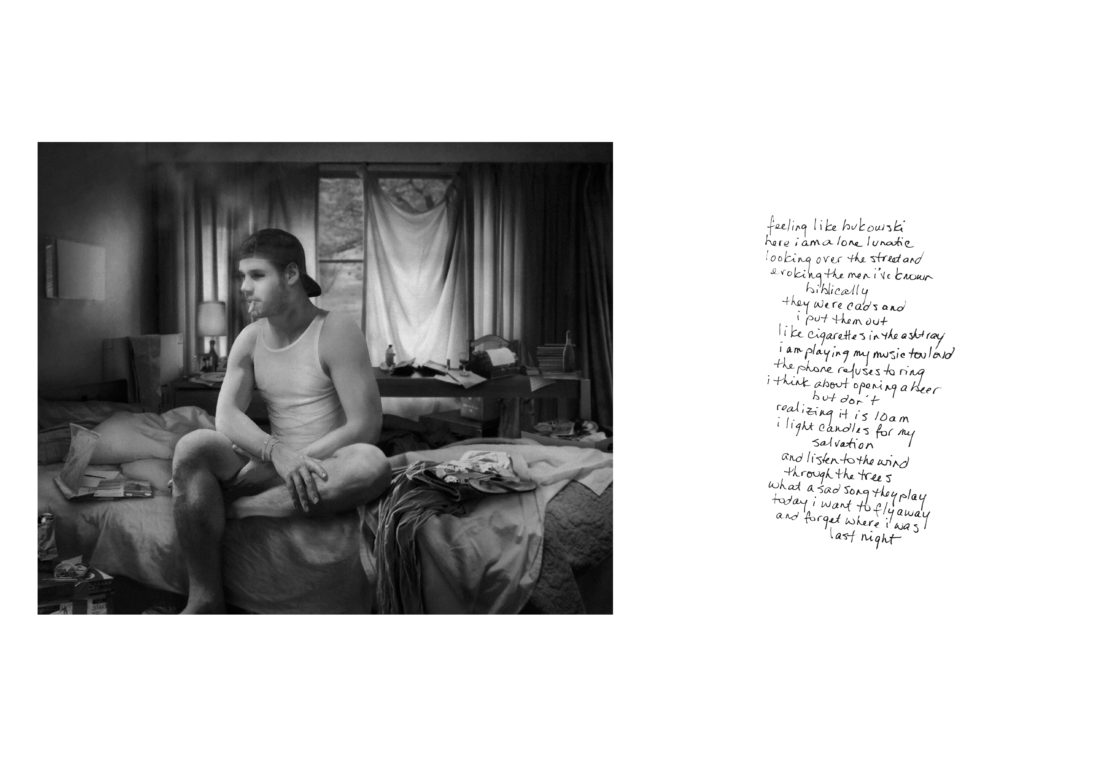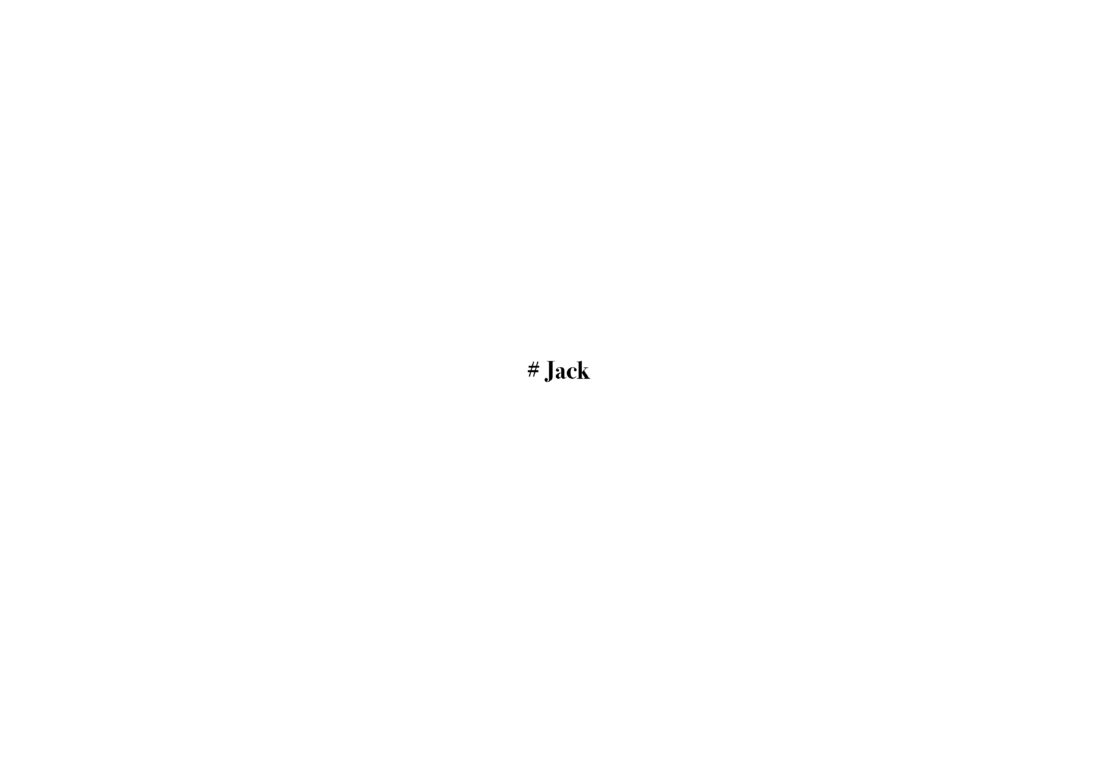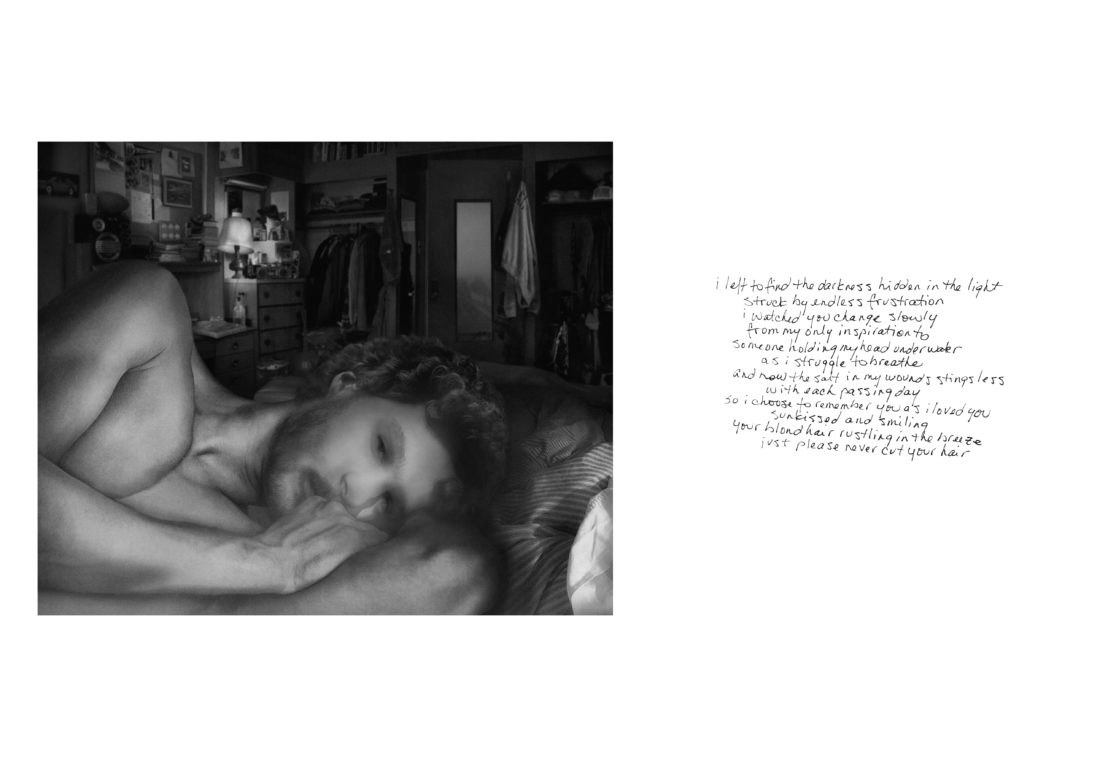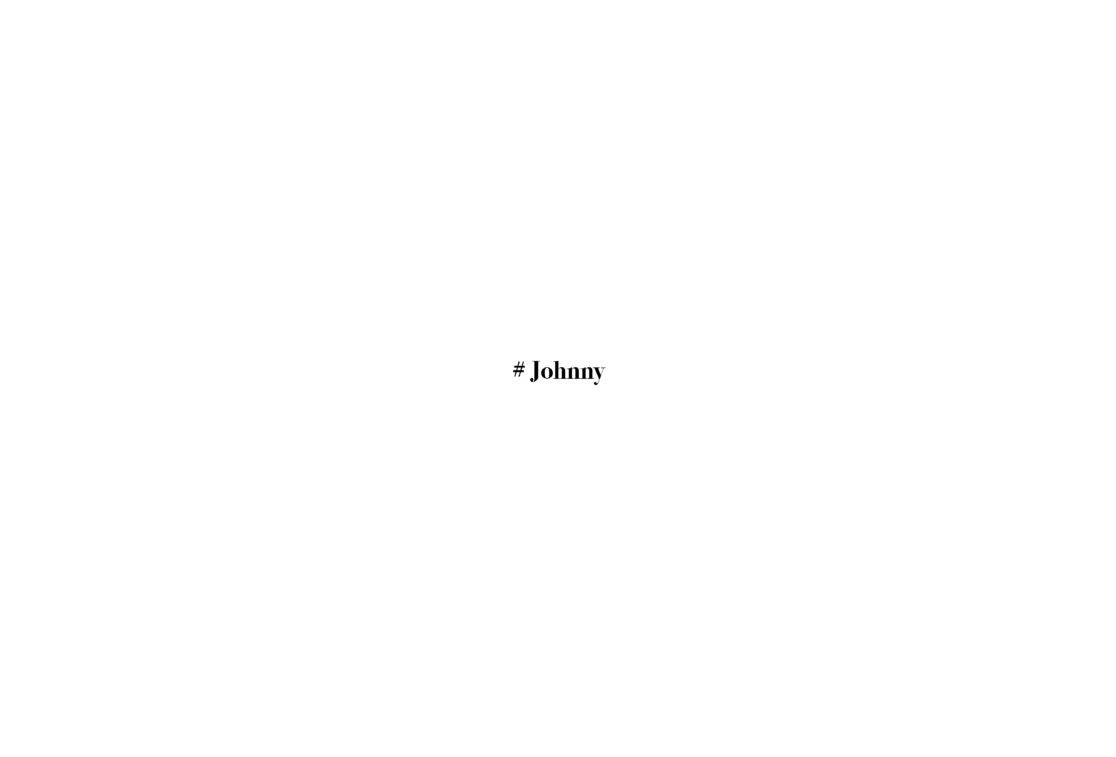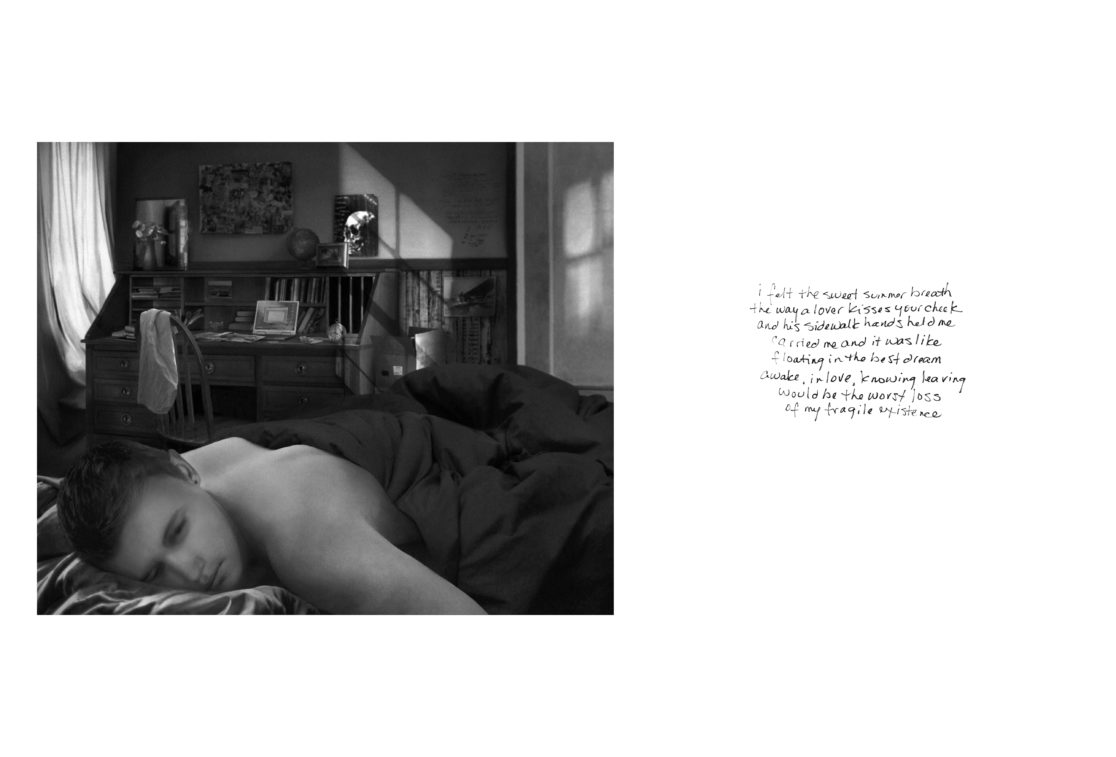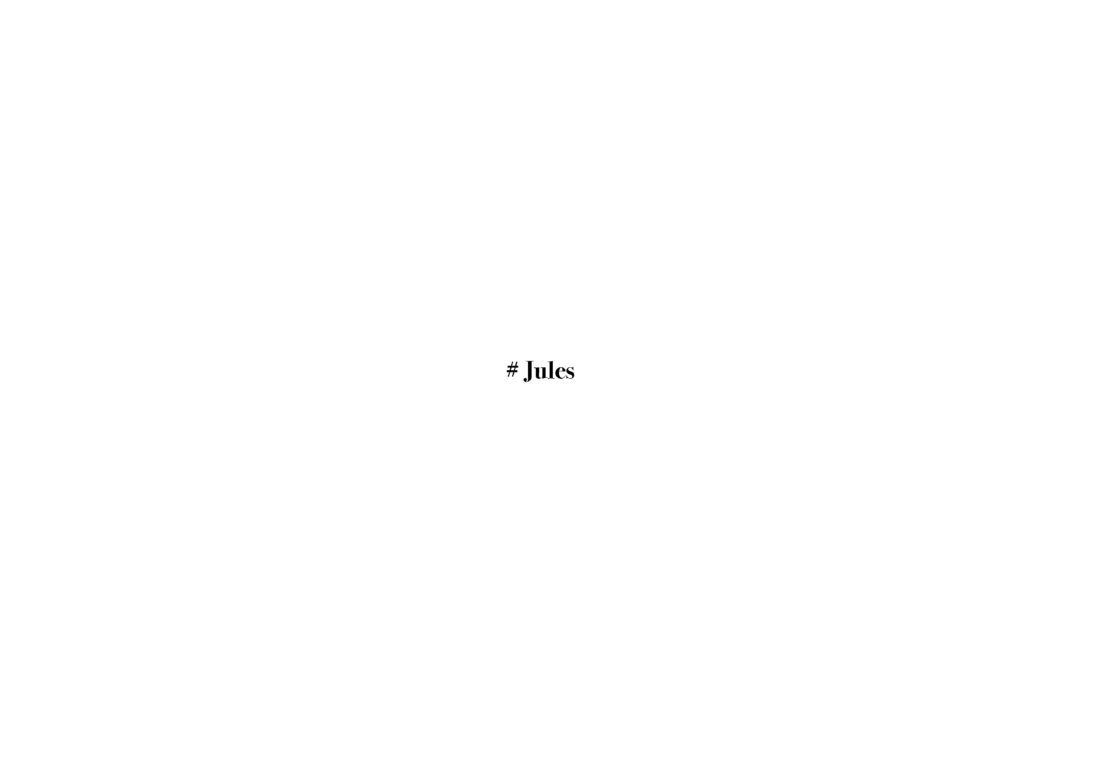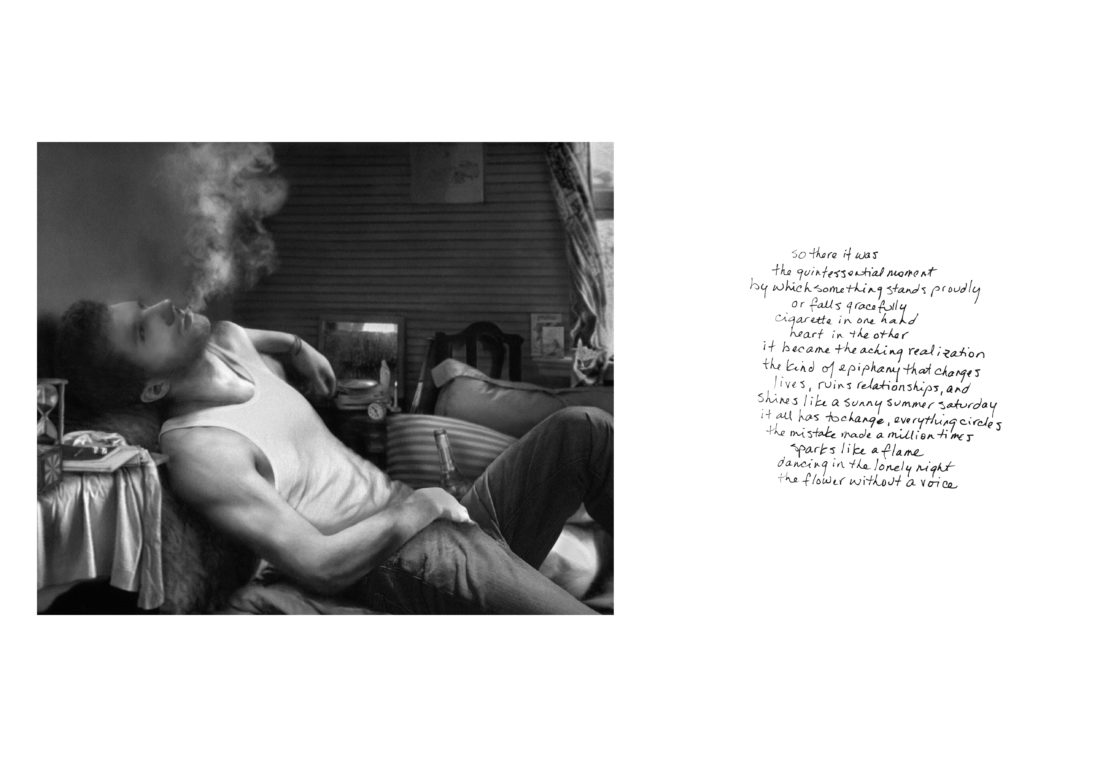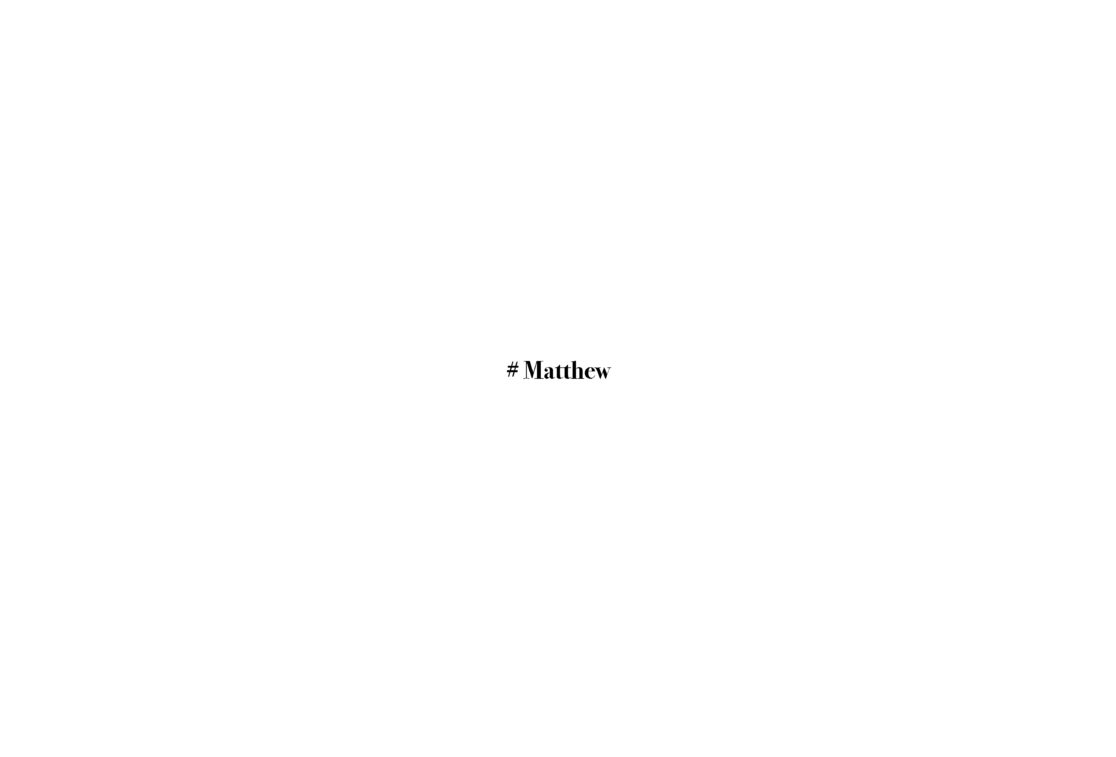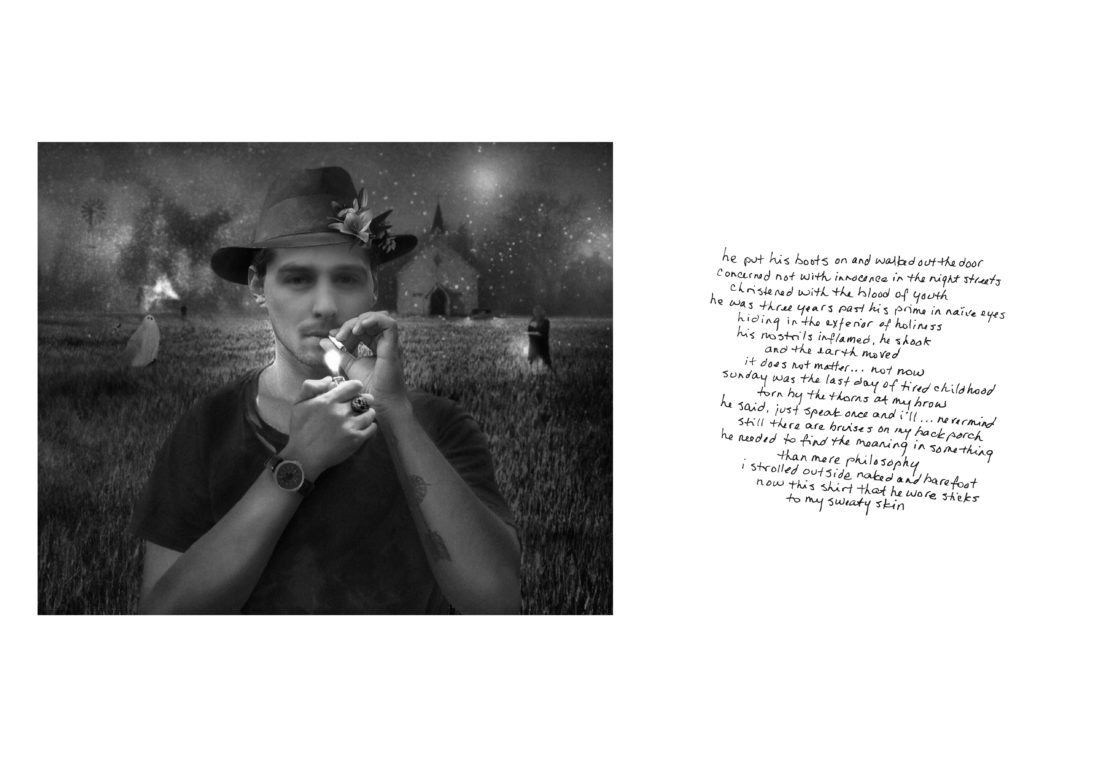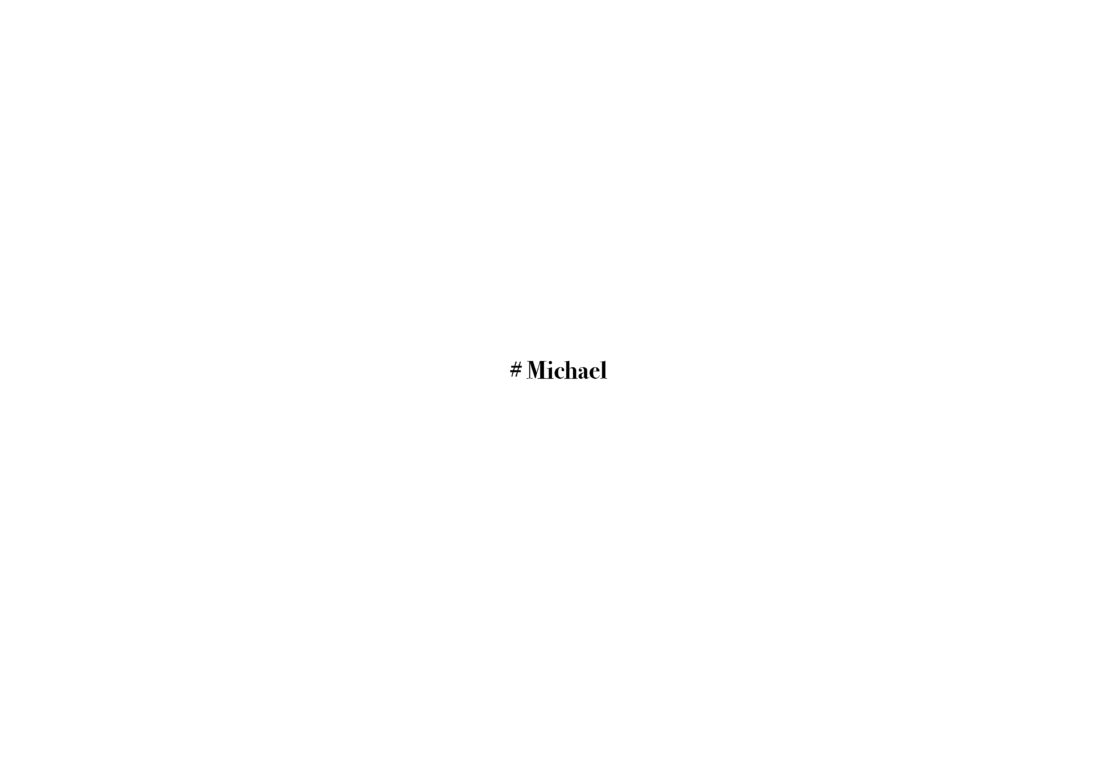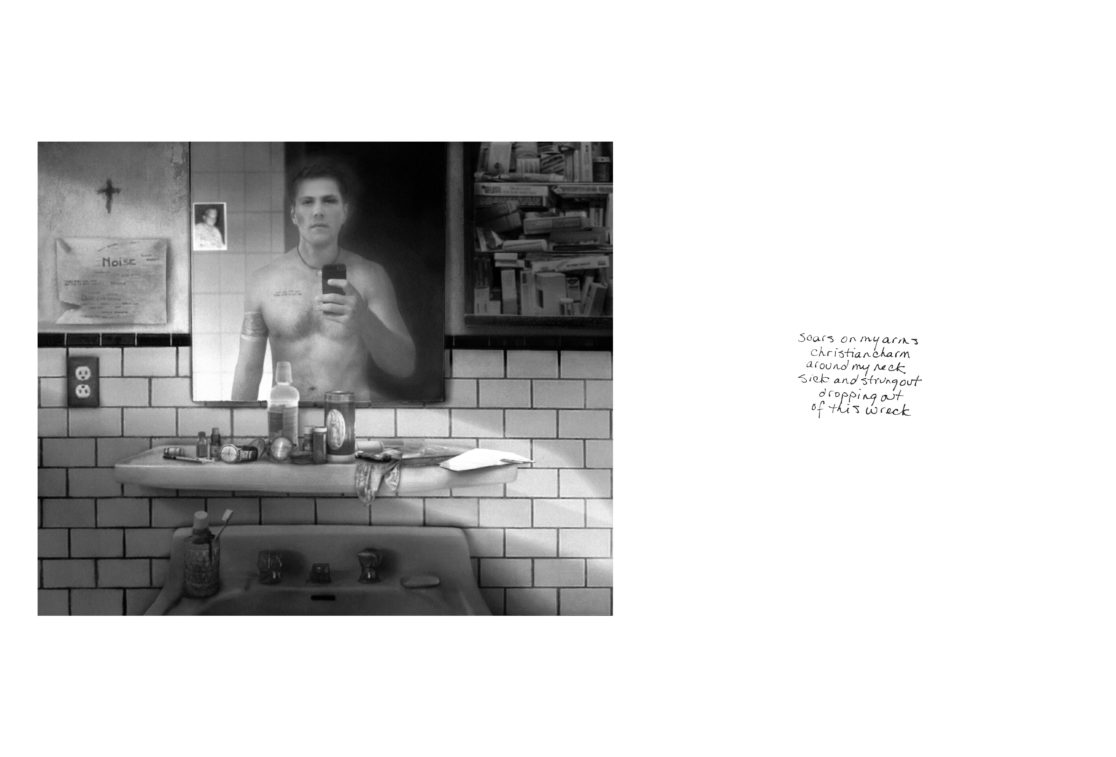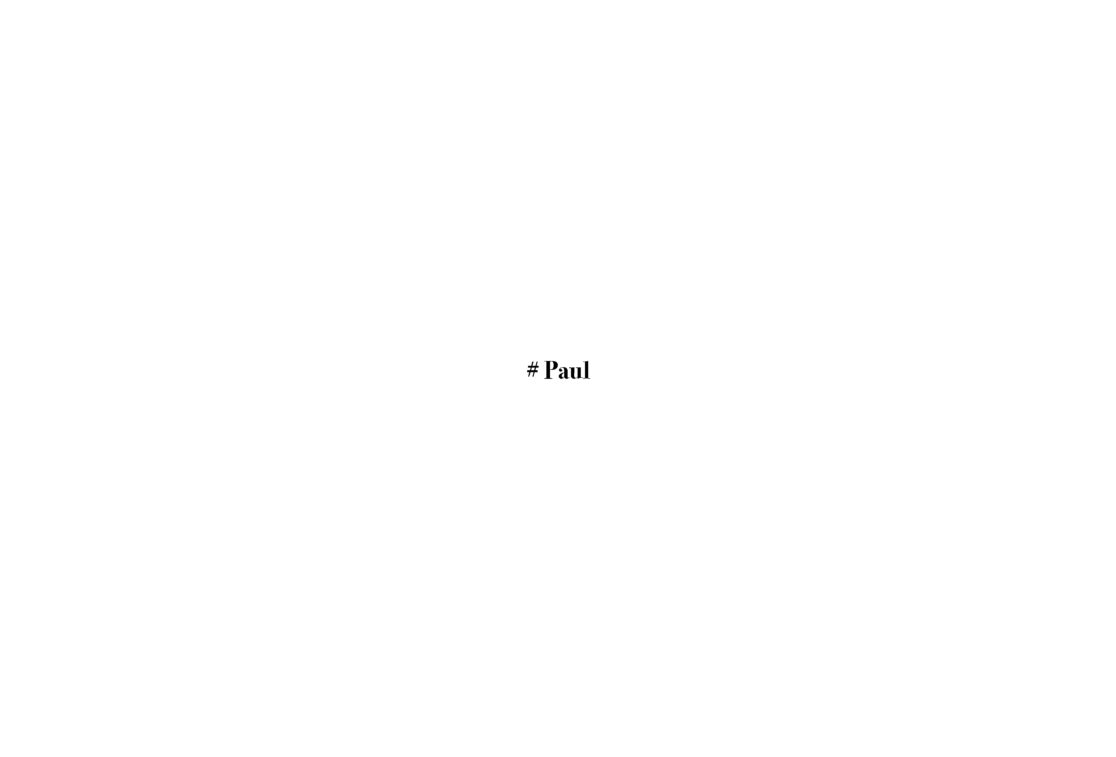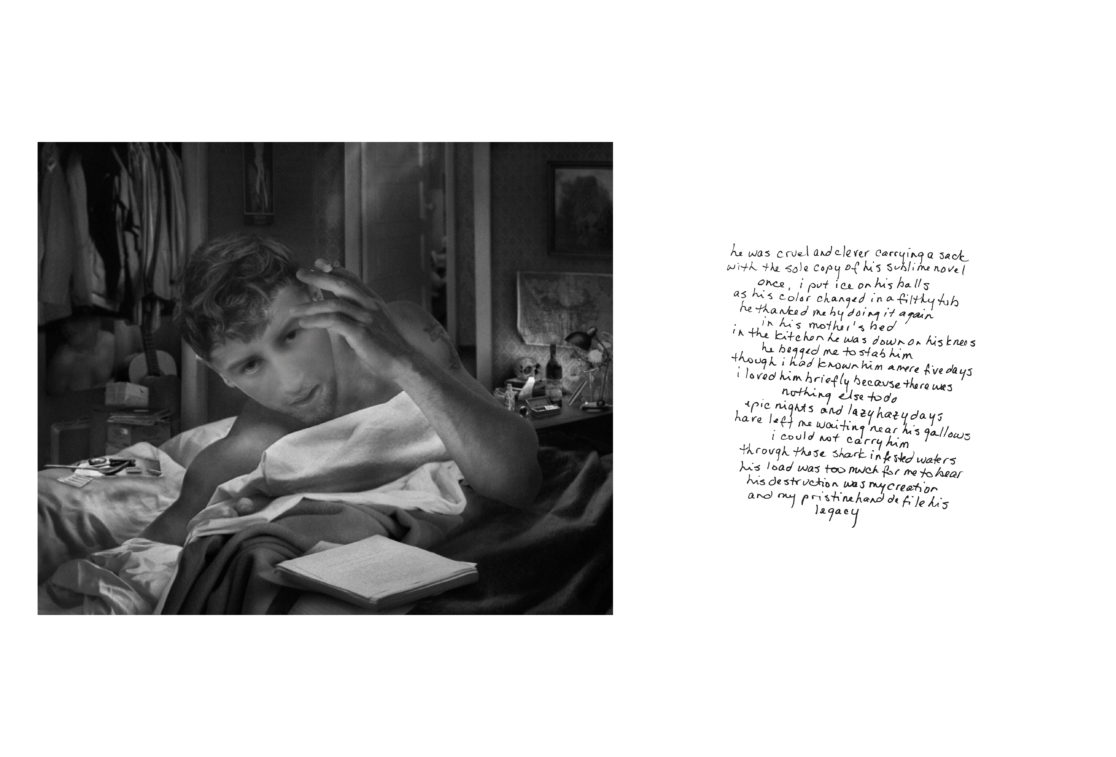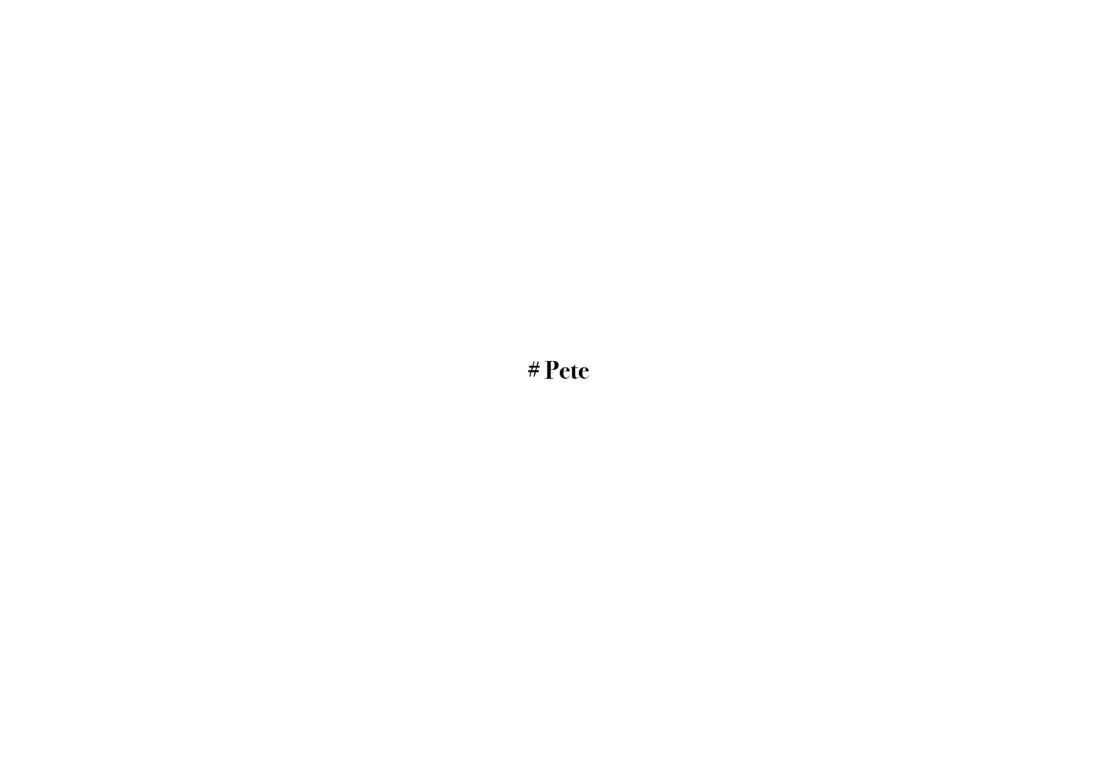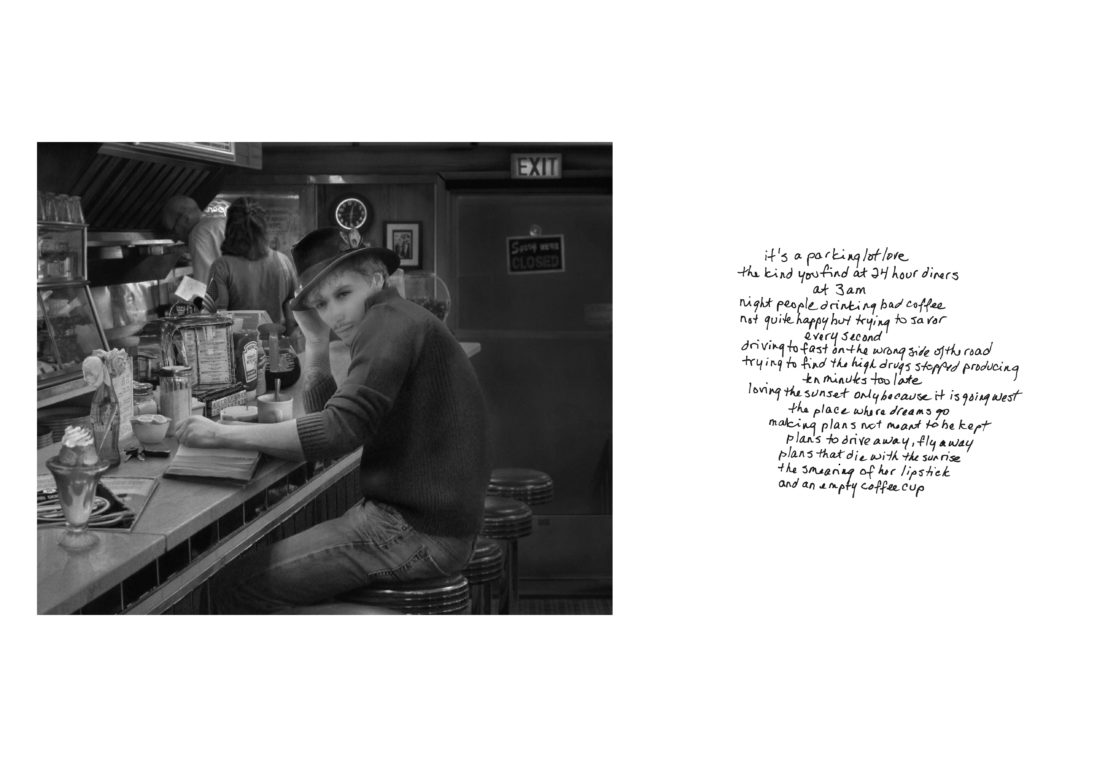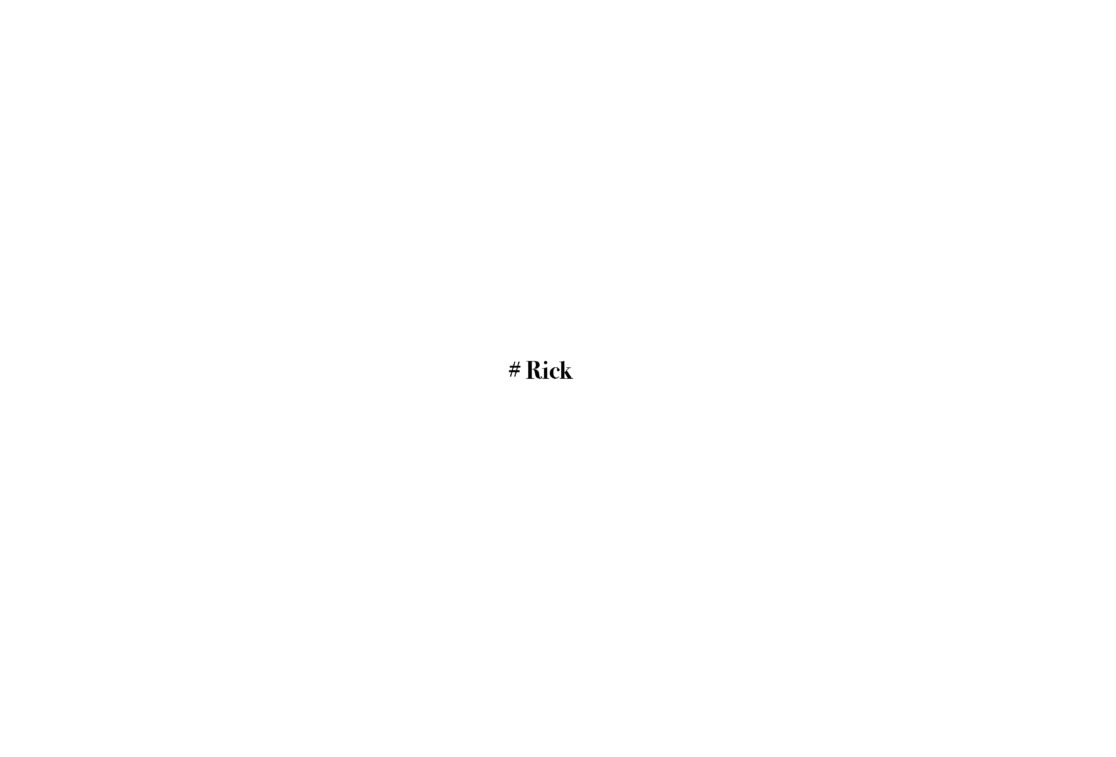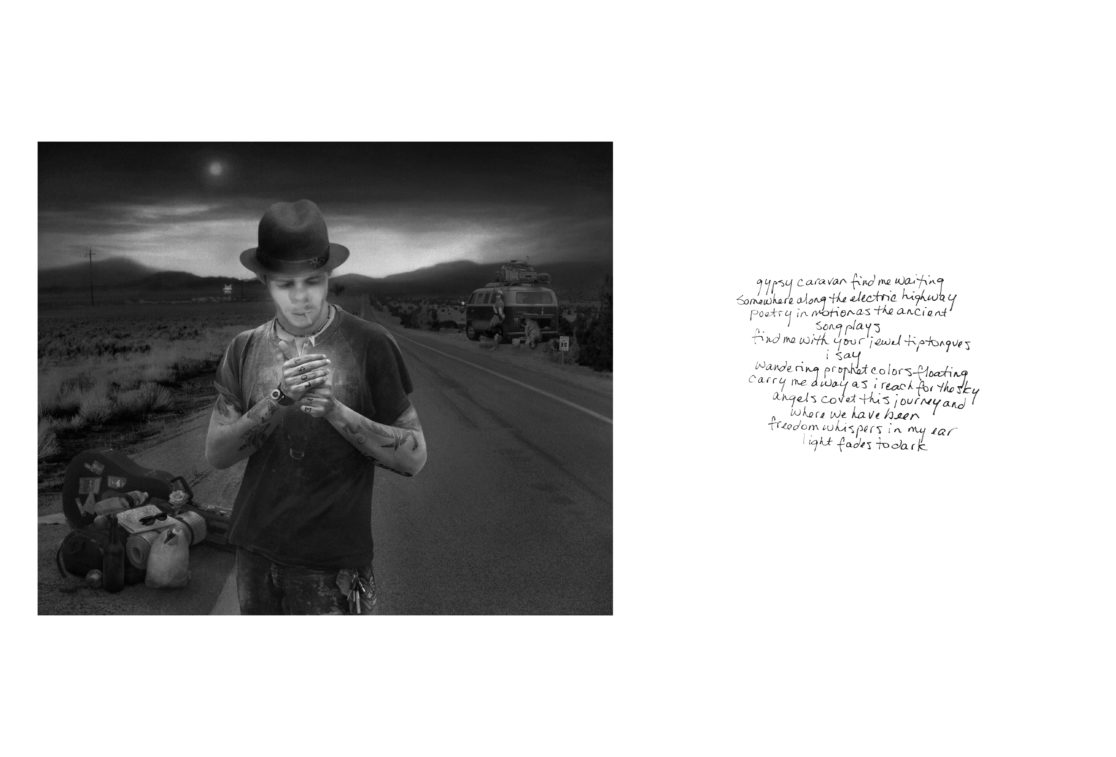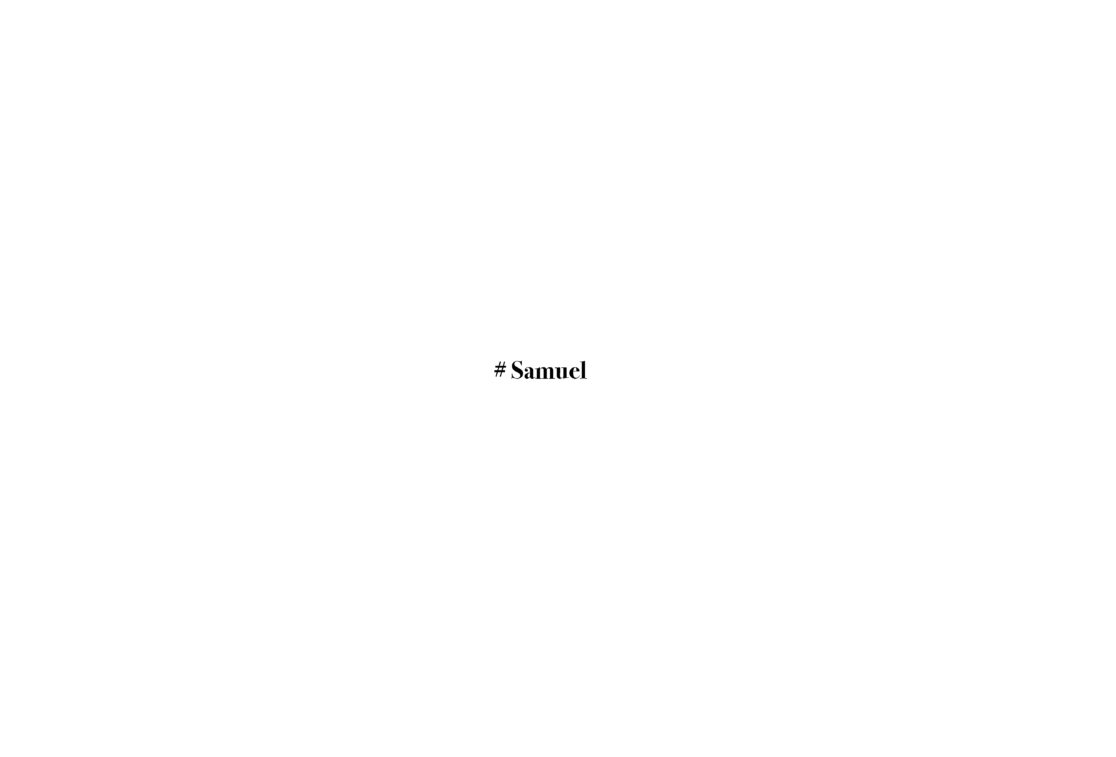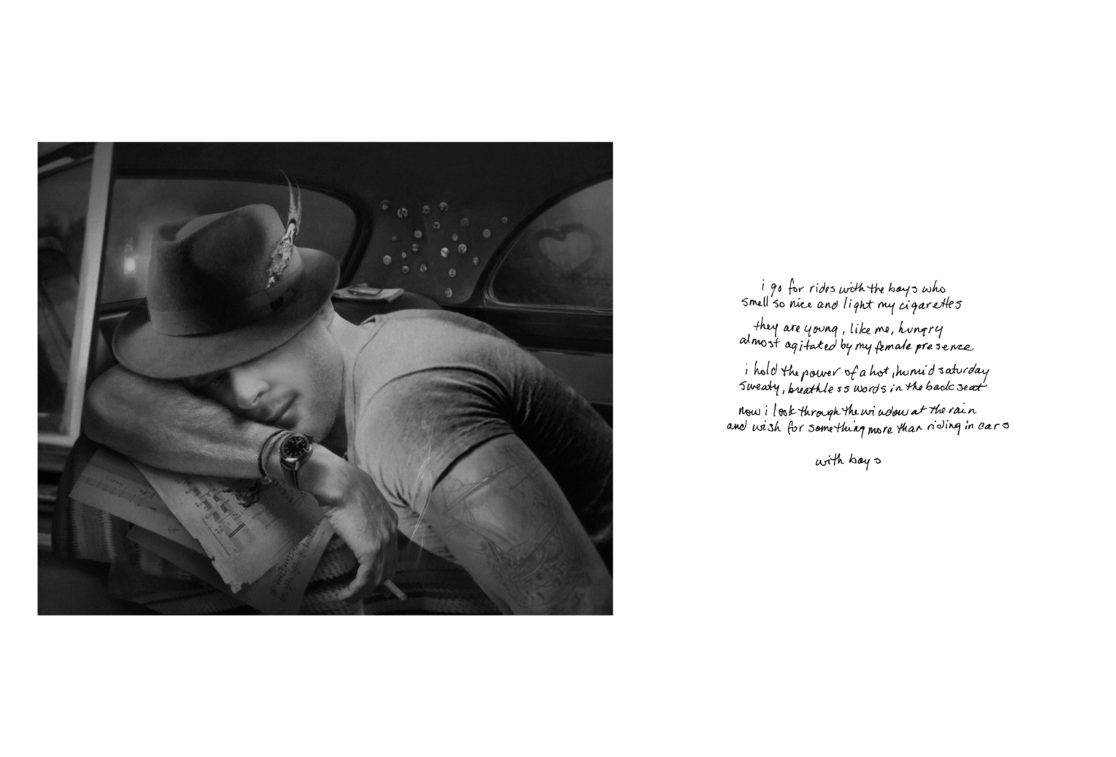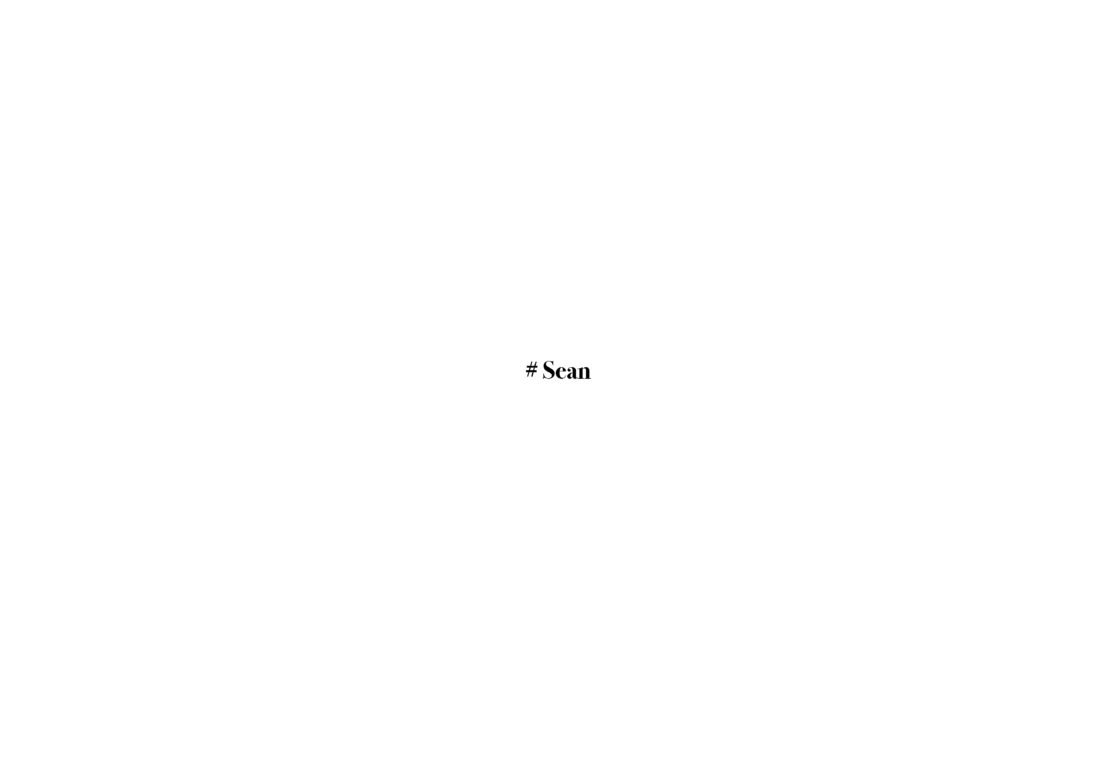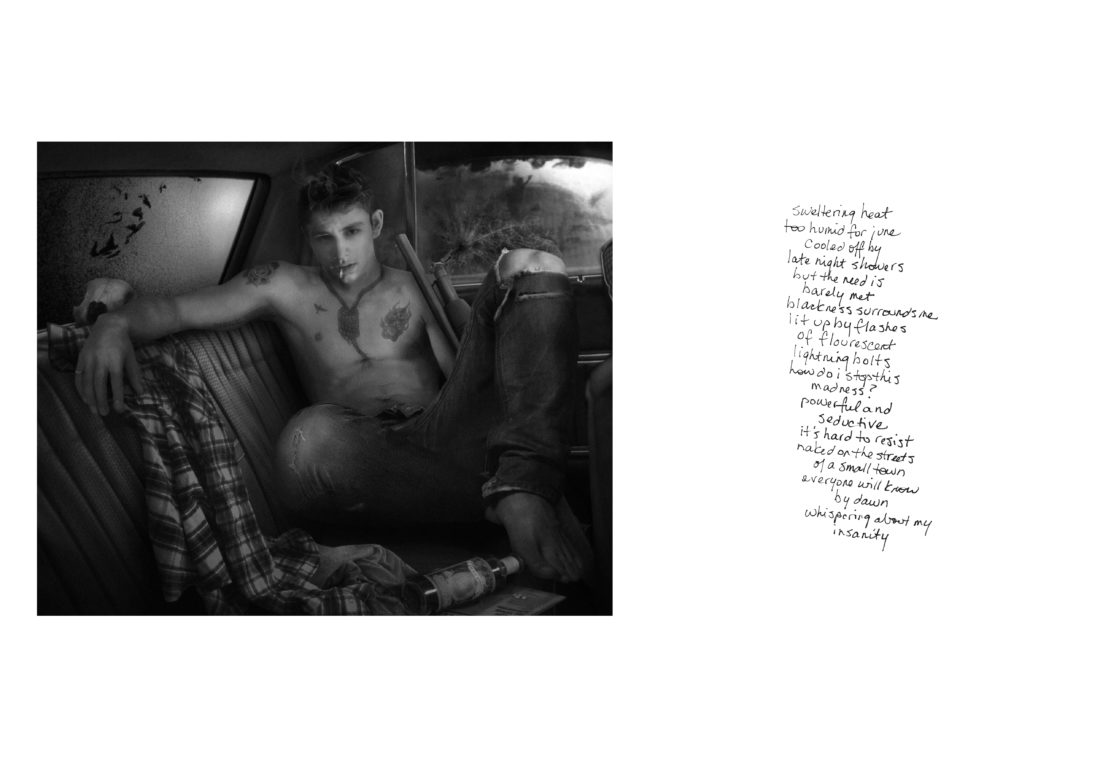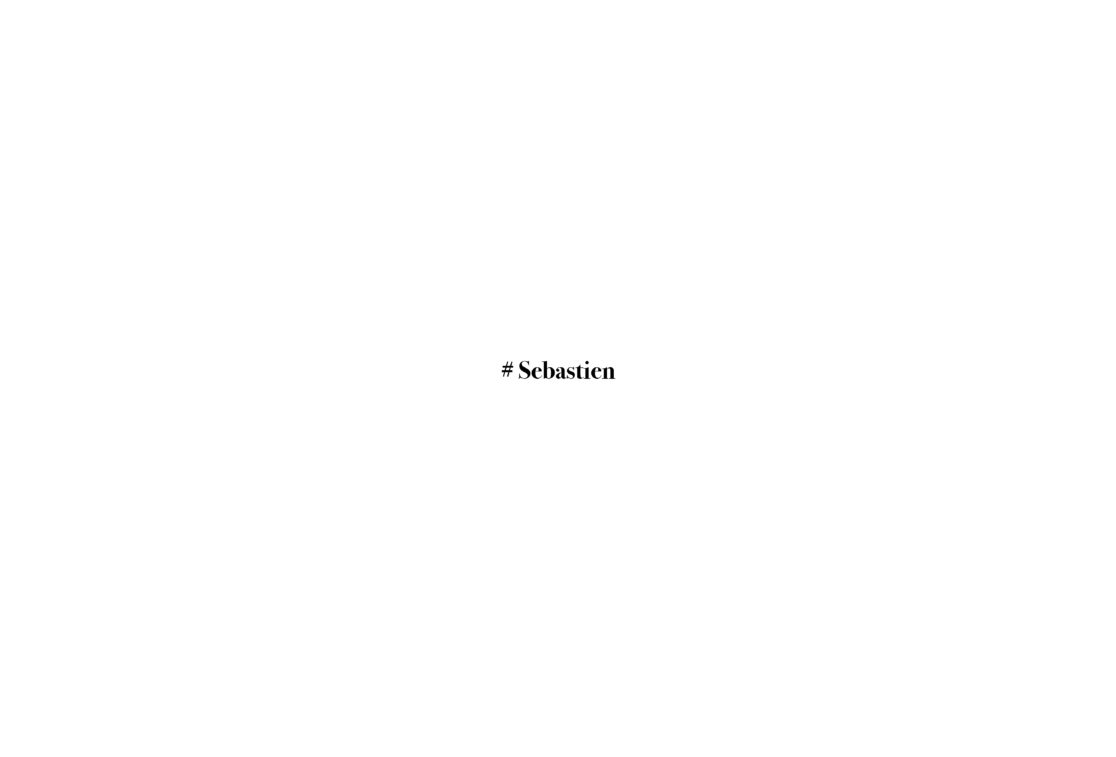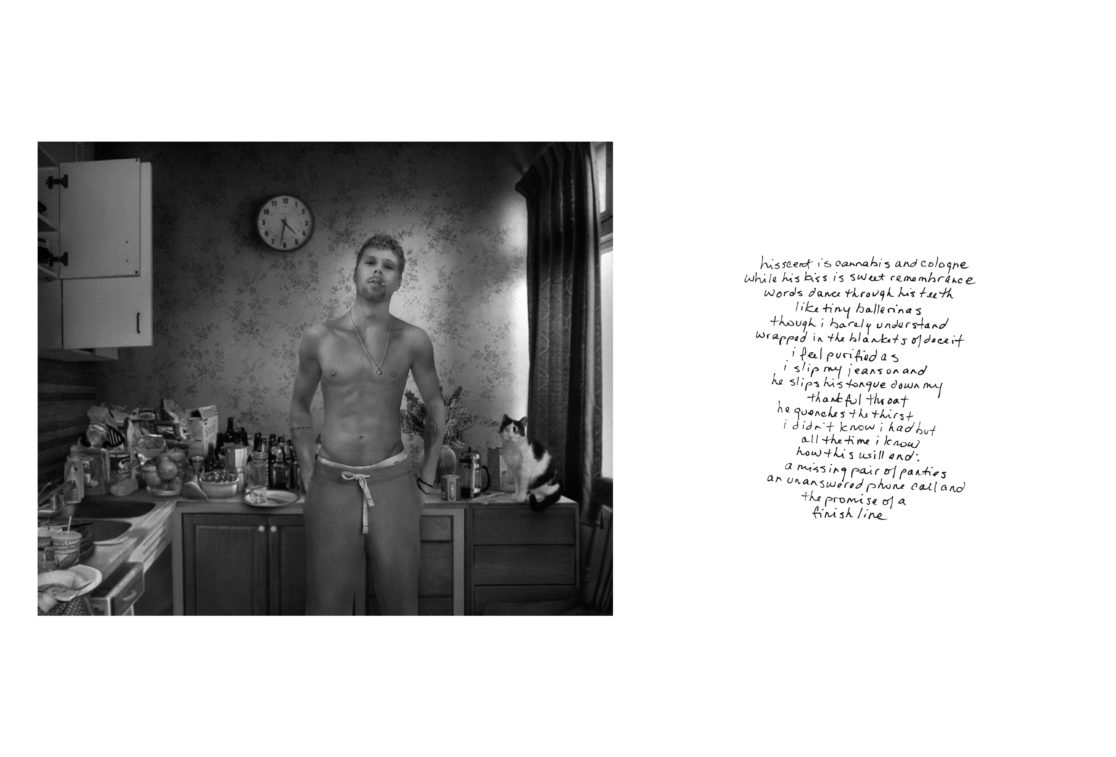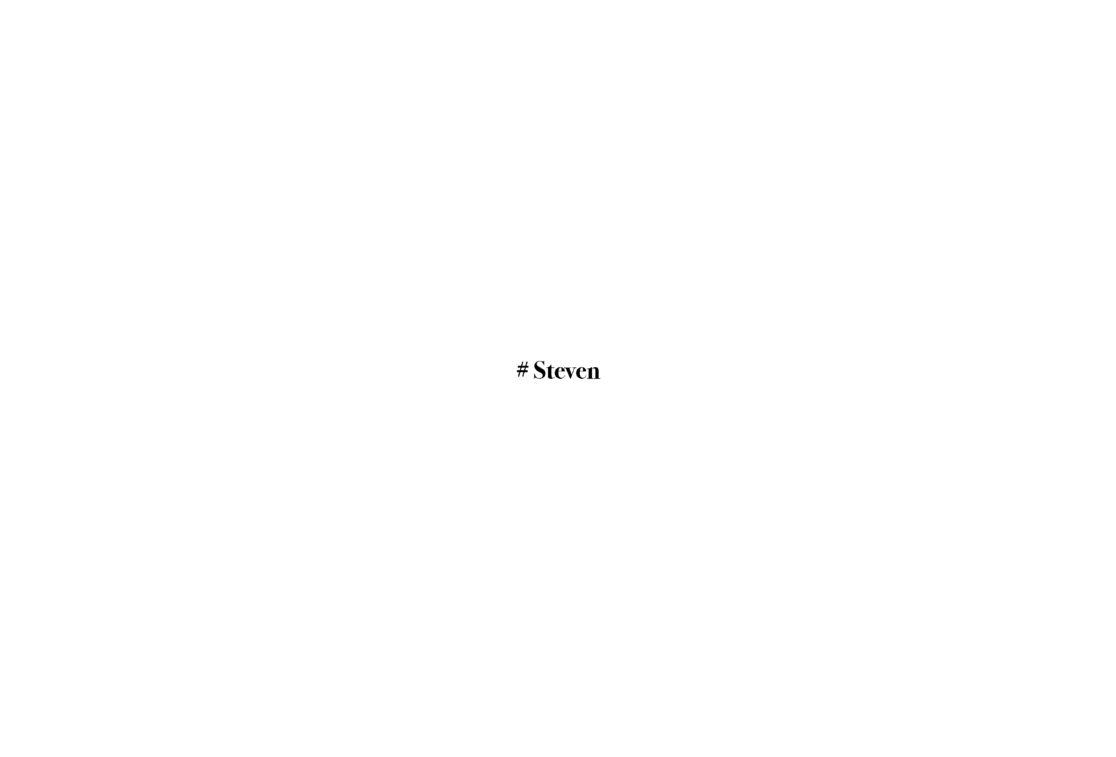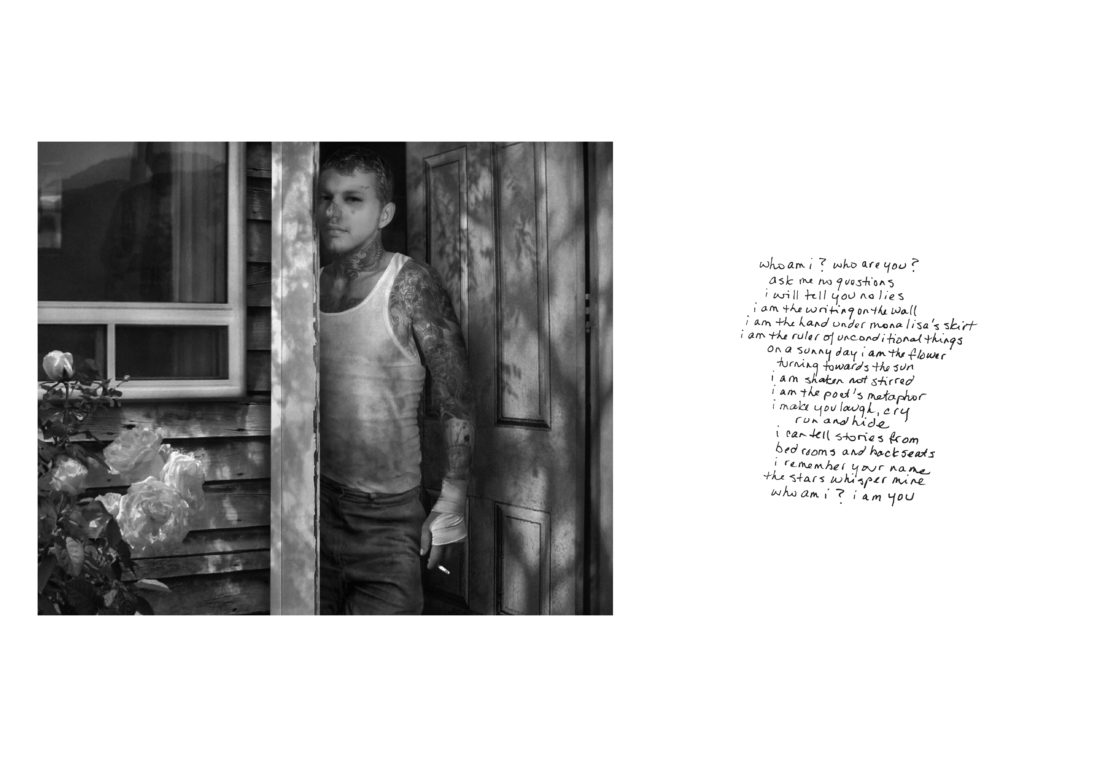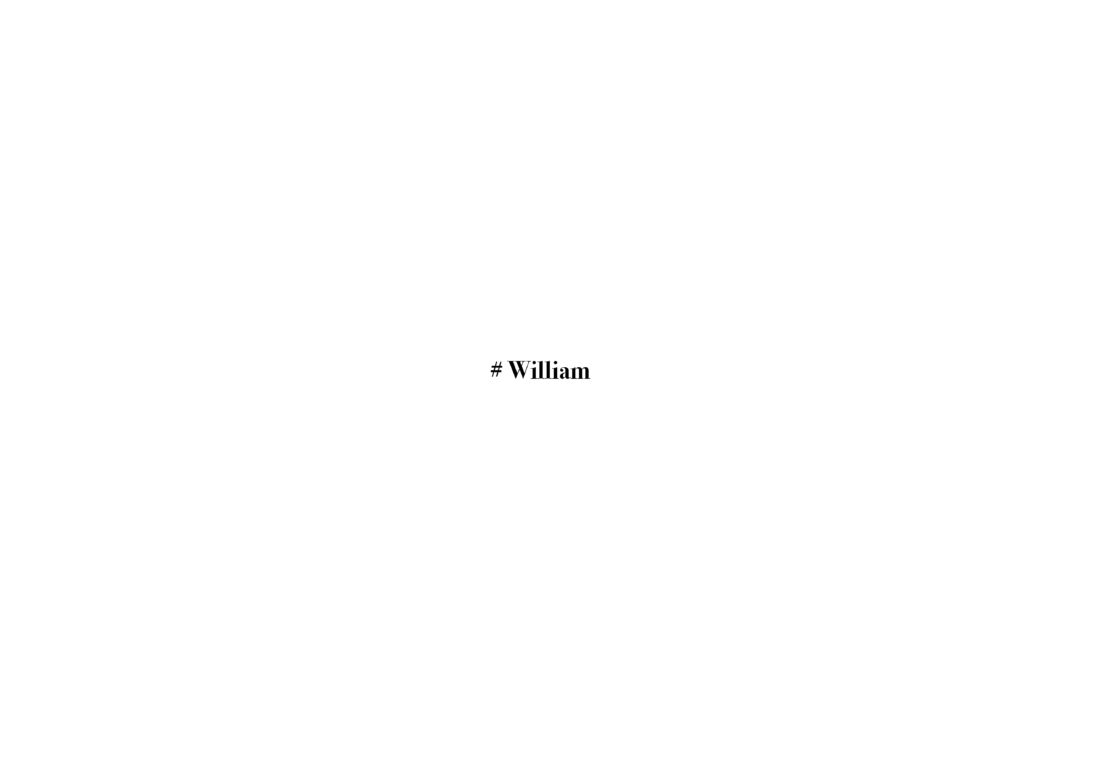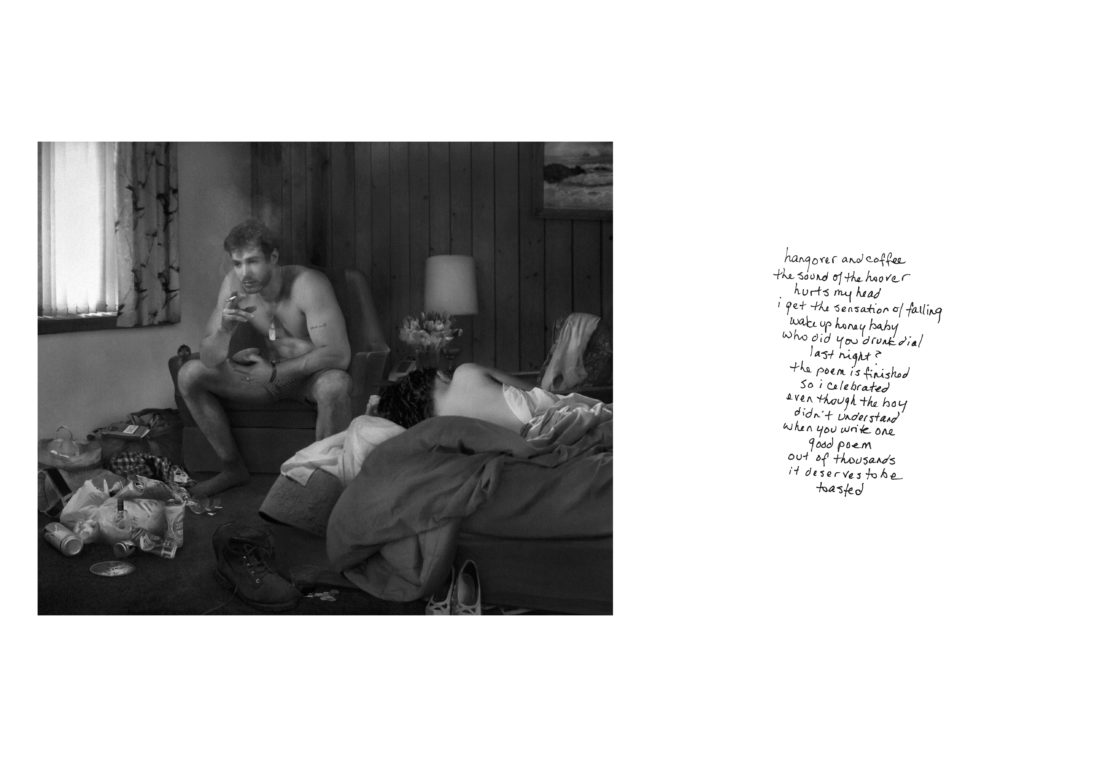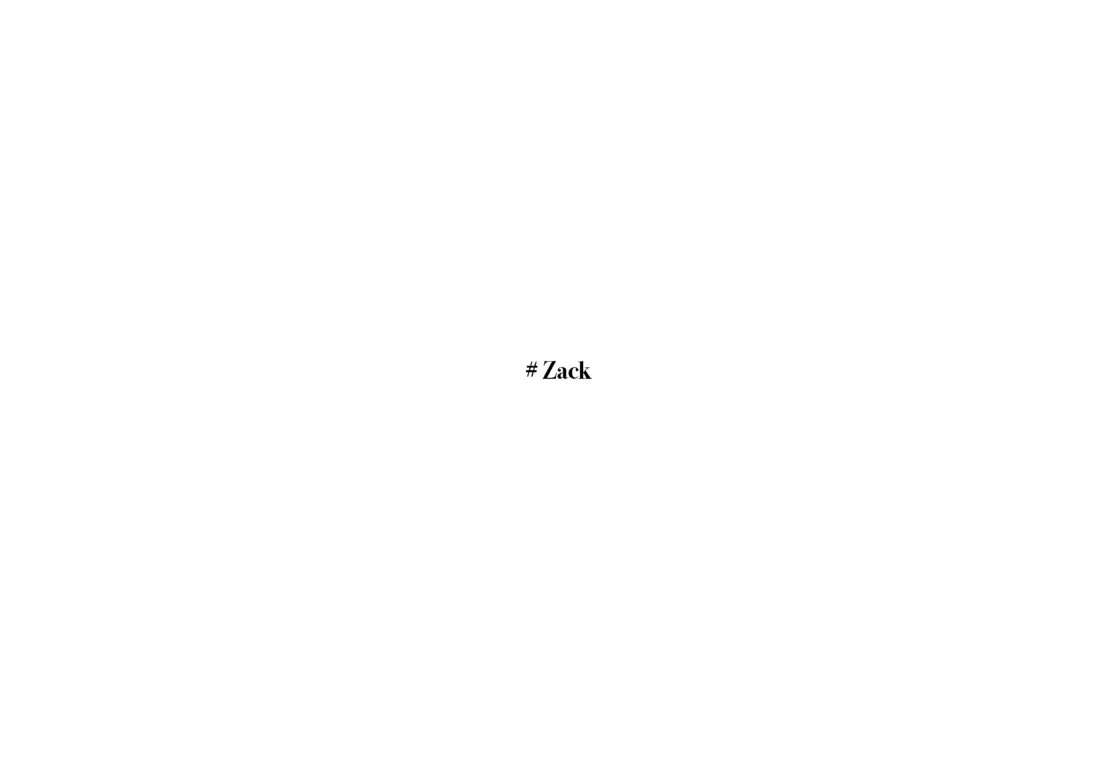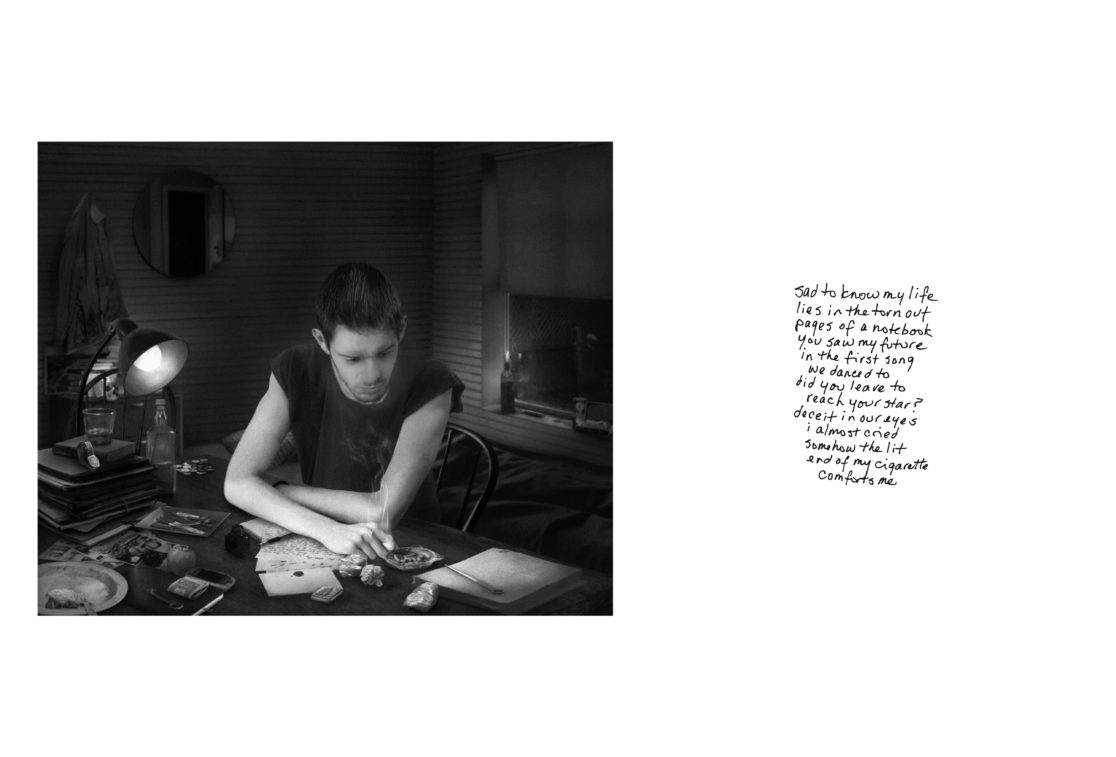Connotations
2016 (Collaboration project with Win Harms)
Since the invention of photography, it has always been possible to alter the reality (the one seen through our eyes) by its intrinsic “Doppelganger” effect. Photography “looks like” our reality. Various retouching techniques were developed thereafter, allowing us to create a “tailor-made reality” and stimulating the rise of photography. Photography quickly became the most widespread technique to realize portraits that corresponded to our vision of reality. It finally supplanted painting, thanks to its promise of improvable reality and its capacity to seize a moment of life. The beauty of the photographic reality more and more astonished people. That reality never ceased to evolve, becoming very close to our eyes’ reality. The prism of an evaluation based on the photographic reality distorts our judgment or evaluation of the ocular reality, our reality. A sunset will appear as beautiful when it will match the representation we made of it through photographic reality.
If you look at social networks such as Flickr or Instagram, you can clearly observe the influence of photographic reality thanks to hashtags. Through these influents media, the problem of the interpretation coming with observation (what do I observe ?) is solved by using hashtags. Photography has always been categorized, though, with denominations such as “nature” or “nude”. Now, images are summarized as meaningless clouds made of thousands of detailed sub-categories. So, the most used hashtags so far in 2016 are #AskRachel and #PrayForParis. Now, photographies get their meaning through keywords and no more thanks to the image itself. And these keywords become the base used for the creation of new identical images, replicating themselves.
For this project, I wanted to address “cliché” images and reproduce my own creation as a “déjà-vu” product, such as photo stocks. These images that I created are no longer “singular” but “public”. Images amongst images. As close as possible to the ordinary.
As a starting point for my creation, I wanted to use somebody else’s souvenirs and memories. Something very personal and intimate… For this, I was inspired by the work of my American and poet friend, Win Harms. We met in Lille, France at a French-language school where she showed me her poems. I still remember the first time I read these very intimate poems (sometimes too intimate) that evoked vivid images of each person she was describing. I felt like looking at portraits like those of Nan Goldin. We had many conversations about her difficult life’s details, and more and more, I pictured myself as a specific representation of each man, those she had sex with, those she exchanged needles with. That’s why I decided to collaborate with her, to show the distortion of reality in our generation by using these very personal memories to transform them into collective memory.
To create these images, I proceeded as follows :
- I started with a drawing of each image, using the image I had in mind while reading Win’s poems. Each image represents a man of her past. Using this drawing as a model, I created the first collage from images I found on the internet with photoshop. This first collage (Collage 1) was my own vision of each poem.
- I looked for images on Flickr and Instagram using keywords that were mentioned in her poems, such as “west coast” or “farewell” to understand what was the common representation perceived through these words. Following the same method as for the first collage, I created a second collage, the “common collage” (Collage 2).
- I created a third collage (Collage 3) by merging arbitrarily fragments of Collage 1 and 2.
- I asked Win to name each boy she evoked in her poems by showing her Collage 3. I used these names to do my searches on Flickr and Instagram.
- I collected 100 faces for each name and created a face for Collage 2. I then mixed the unique face of Collage 1 with the “100 faces” face of Collage 2 to create the final face of Collage 3.
Each final collage is made of more than 100 images in addition to the 100 faces. I think we can say that these collages are somehow a “collective memory” although they keep an individuality thanks to the personal fragments I kept from Collage 1.
Finally, these images have more a “draft” aspect than those of my previous project, “Présage”. They incorporate more details and distortion. When you try to observe closely these “déjà-vu” images to understand what they contain, the more you pay attention to them, the more they escape from your sight, like all images from our time, fragmented and rebuilt.
Or maybe do we consider that these images are not worth seeing at all?

